Modern homeowners seeking to infuse their kitchens with warmth and nostalgia are embracing vintage-inspired elements—from pastel-hued appliances and checkerboard flooring to beadboard paneling and enamelware displays. These timeless touches not only add character but also balance functionality with aesthetic charm, proving that thoughtful design can bridge eras seamlessly. Whether through open shelving showcasing heirloom dishes or antique lighting fixtures casting a soft glow, each idea revitalizes classic motifs for contemporary living, creating spaces that feel both curated and welcoming.
1. Retro-Inspired Appliances
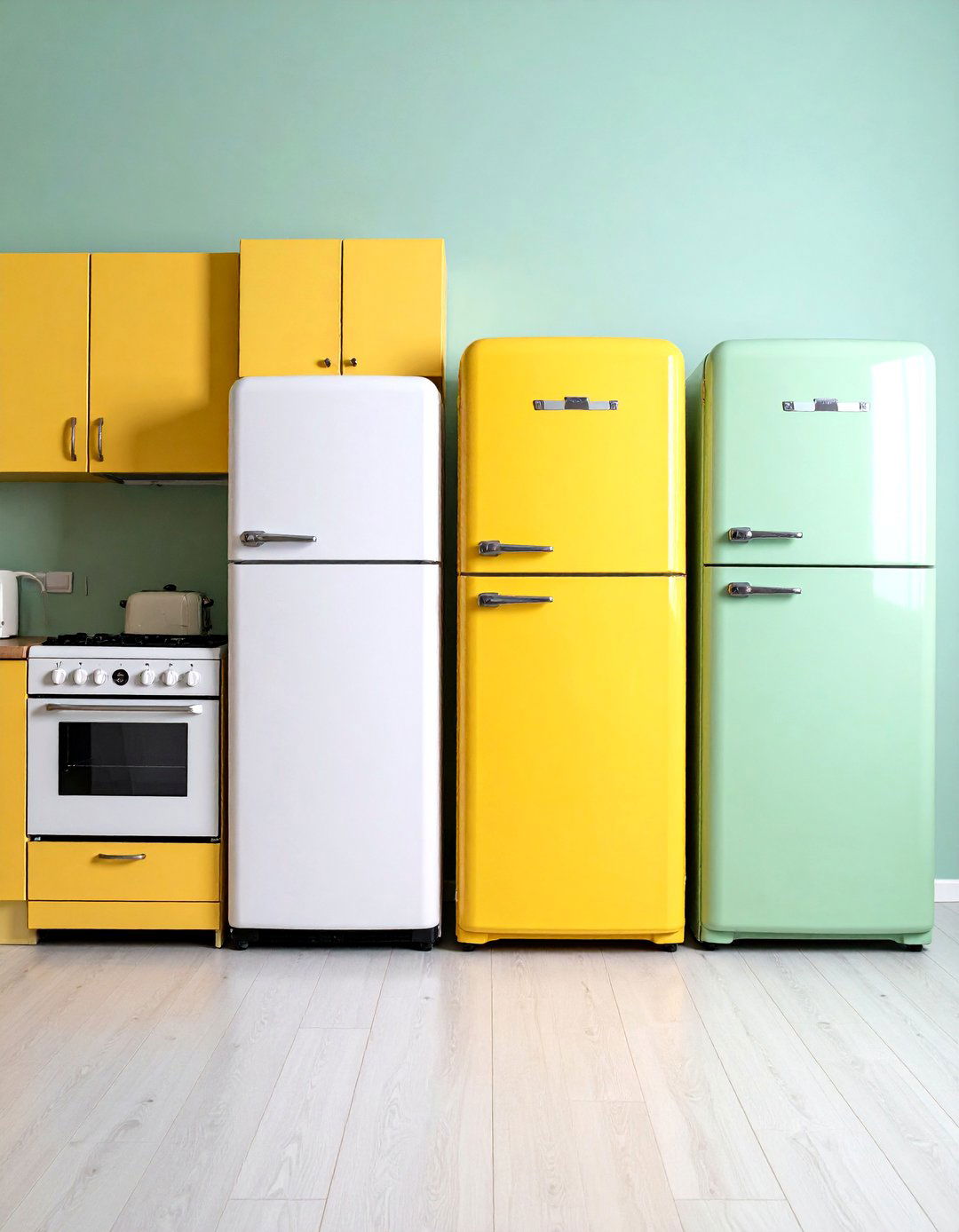
Integrating retro-style refrigerators, ranges, and toasters in pastel hues instantly transports a kitchen back to the 1950s while retaining modern performance. Brands like Smeg, Big Chill, and Elmira Stove Works offer appliances that blend nostalgia with today’s efficiency standards. These appliances come in colors ranging from mint green and buttercup yellow to soft pink and robin’s-egg blue, enabling homeowners to select palettes that complement their cabinetry and backsplashes. Keeping these statement pieces as focal points encourages surrounding finishes to remain understated. By pairing retro appliances with stainless-steel accents and quartz countertops, the kitchen achieves a harmonious blend of old-world charm and present-day convenience.
2. Pastel Color Palettes

Soft, muted pastels—such as seafoam green, powder blue, and blush pink—evoke midcentury design and lend an airy feel to vintage kitchens. Applying these hues to walls, cabinetry, or accent pieces like stools and bar carts cultivates a delicate yet vibrant atmosphere. Pastel palettes work exceptionally well when balanced with neutral surfaces and metallic hardware, ensuring the colors pop without overwhelming the space. Home decorators often recommend painting only lower cabinets in pastel shades and keeping upper cabinets white to maintain brightness. The result is a whimsical yet refined look that bridges nostalgic color schemes with modern open-plan layouts.
3. Checkerboard Flooring
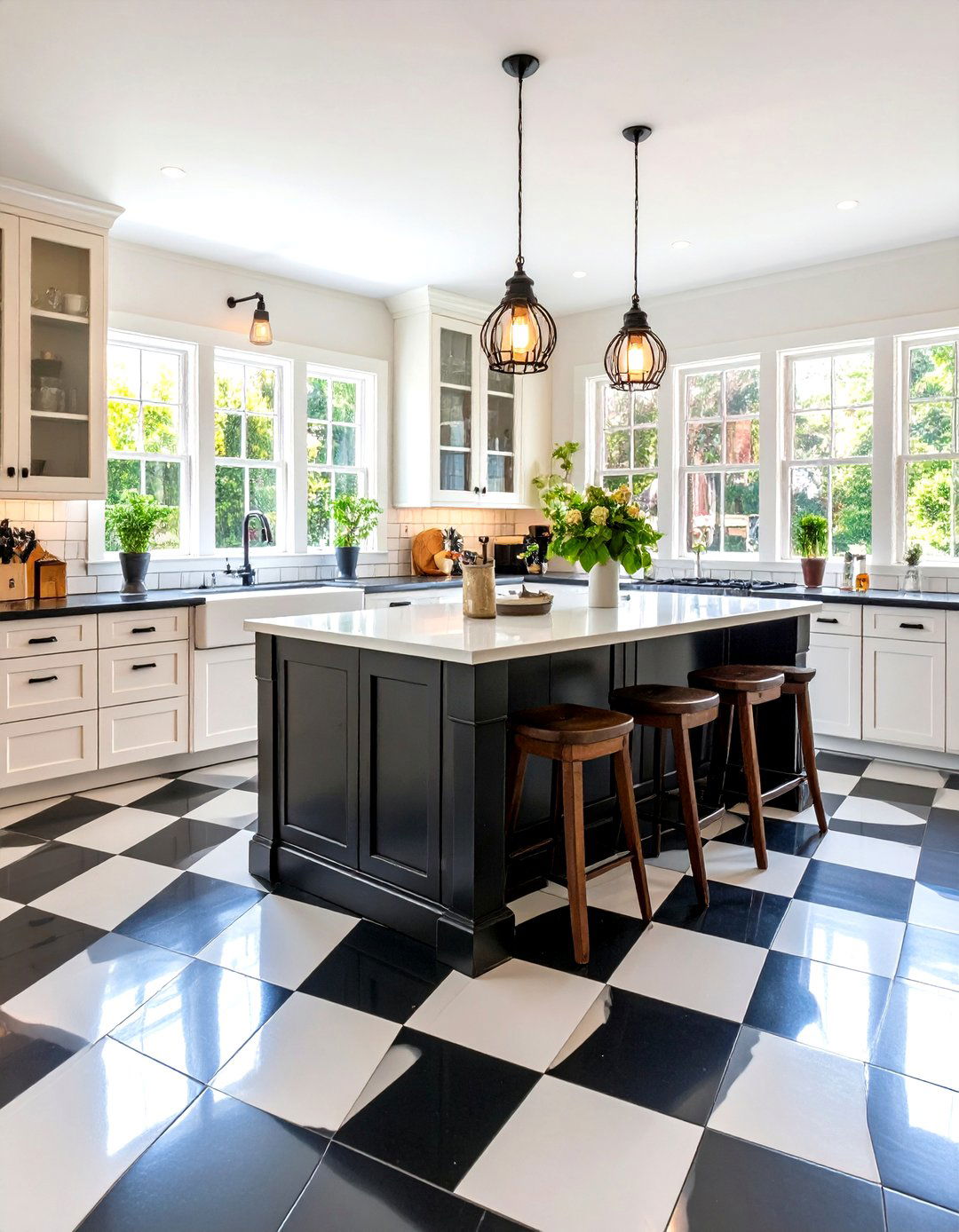
Classic black-and-white or colored checkerboard tile floors create irresistible visual interest and harken back to diner-style kitchens of the 1950s. This bold pattern can be executed in vinyl, ceramic, or porcelain tiles, offering a durable and easy-to-clean surface. Pairing checkerboard floors with minimalist shaker cabinetry or open shelving ensures the floor remains the centerpiece. Alternatively, homeowners can opt for jewel-toned checkerboard patterns, like emerald and cream, to match vintage enamelware collections. Whether laid diagonally for a dynamic effect or straight for a disciplined grid, checkerboard flooring adds playful energy and timeless appeal.
4. Open Shelving with Vintage Dishes

Replacing upper cabinets with open shelving allows homeowners to display collections of vintage mixing bowls, milk glass, and enamelware, infusing kitchens with curated nostalgia. Painted or natural wood shelves mounted on brass or wrought-iron brackets create an authentic farmhouse aesthetic. To maintain visual coherence, dishes and glassware can be organized by color or pattern, making the display both functional and decorative. Complement open shelving with under-cabinet lighting to highlight textures and shapes. This approach not only showcases treasured pieces but also keeps everyday essentials within easy reach, marrying practicality with vintage flair.
5. Farmhouse Apron Sink
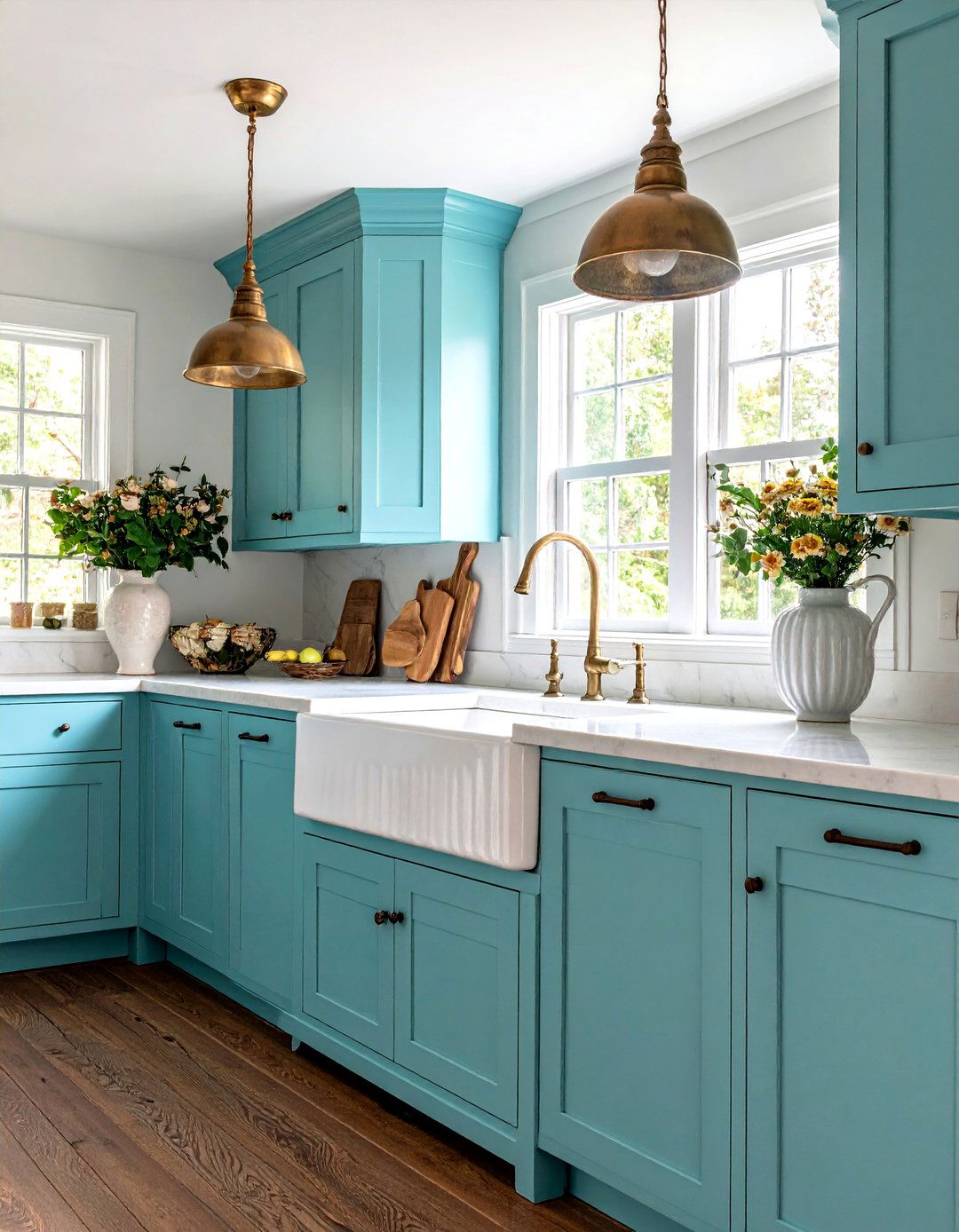
A deep, white porcelain or fireclay apron-front sink embodies vintage farmhouse charm and offers generous capacity for large pots and pans. These sinks pair beautifully with marble or butcher block countertops and shaker-style cabinets. For an extra nod to midcentury design, select sinks with subtle integrated grooves or flared sidewalls. Wall-mounted or bridge-style faucets in polished chrome or antique brass enhance the period look. Installing a sink skirt—a fabric apron below the basin—can introduce patterns reminiscent of 1940s kitchens while concealing plumbing and storage.
6. Beadboard Paneling
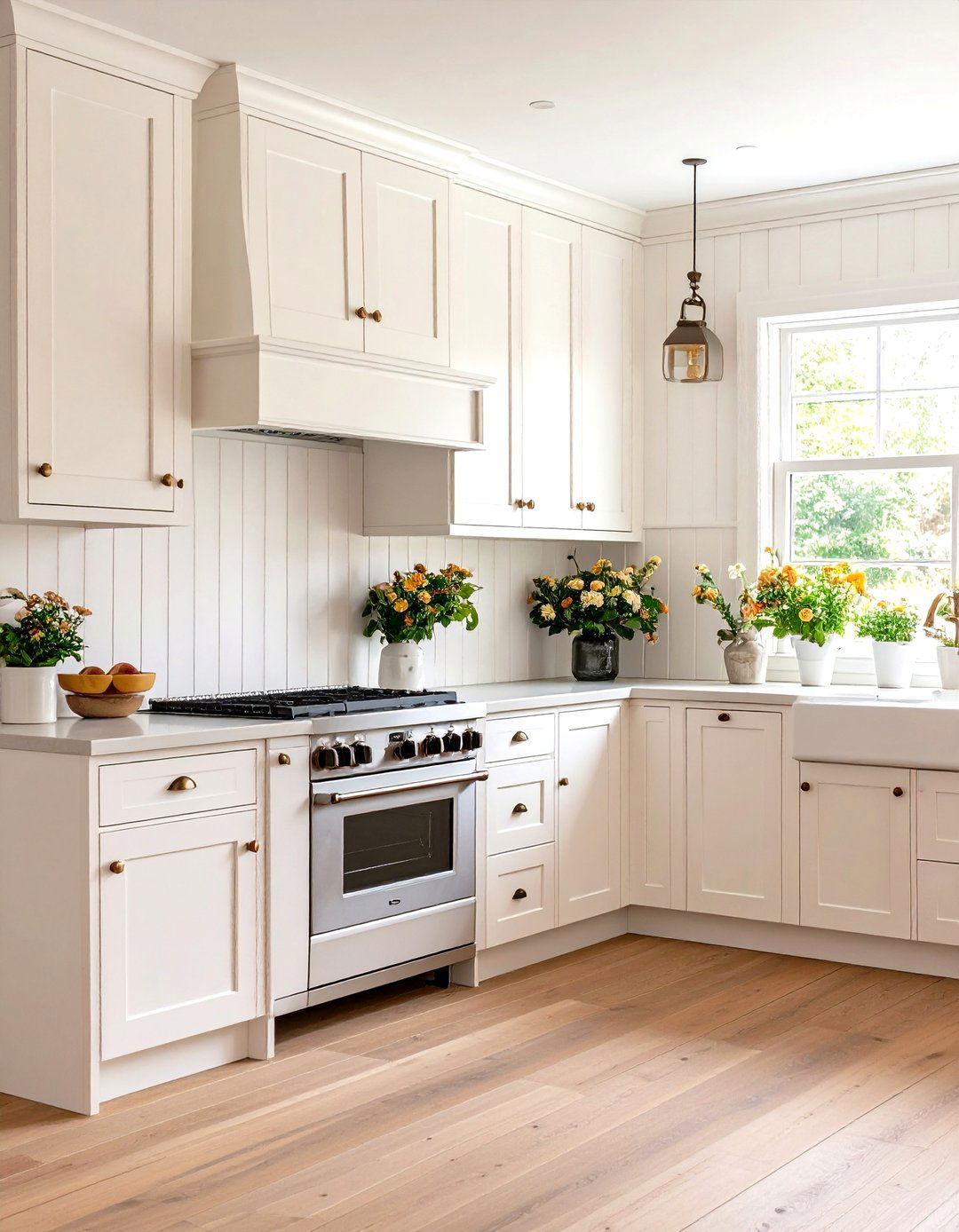
Beadboard paneling, characterized by vertical tongue-and-groove planks, adds texture and craftsmanship to walls, ceilings, or cabinet fronts. Often painted in soft whites or pastels, beadboard complements both country and coastal-inspired kitchens. It can be used as a backsplash alternative or to create wainscoting around islands and breakfast nooks. For moisture-prone areas, MDF or PVC beadboard provides water resistance without sacrificing authenticity. The Spruce highlights beadboard’s versatility and affordability, making it a favorite for budget-friendly vintage renovations.
7. Enamelware Displays
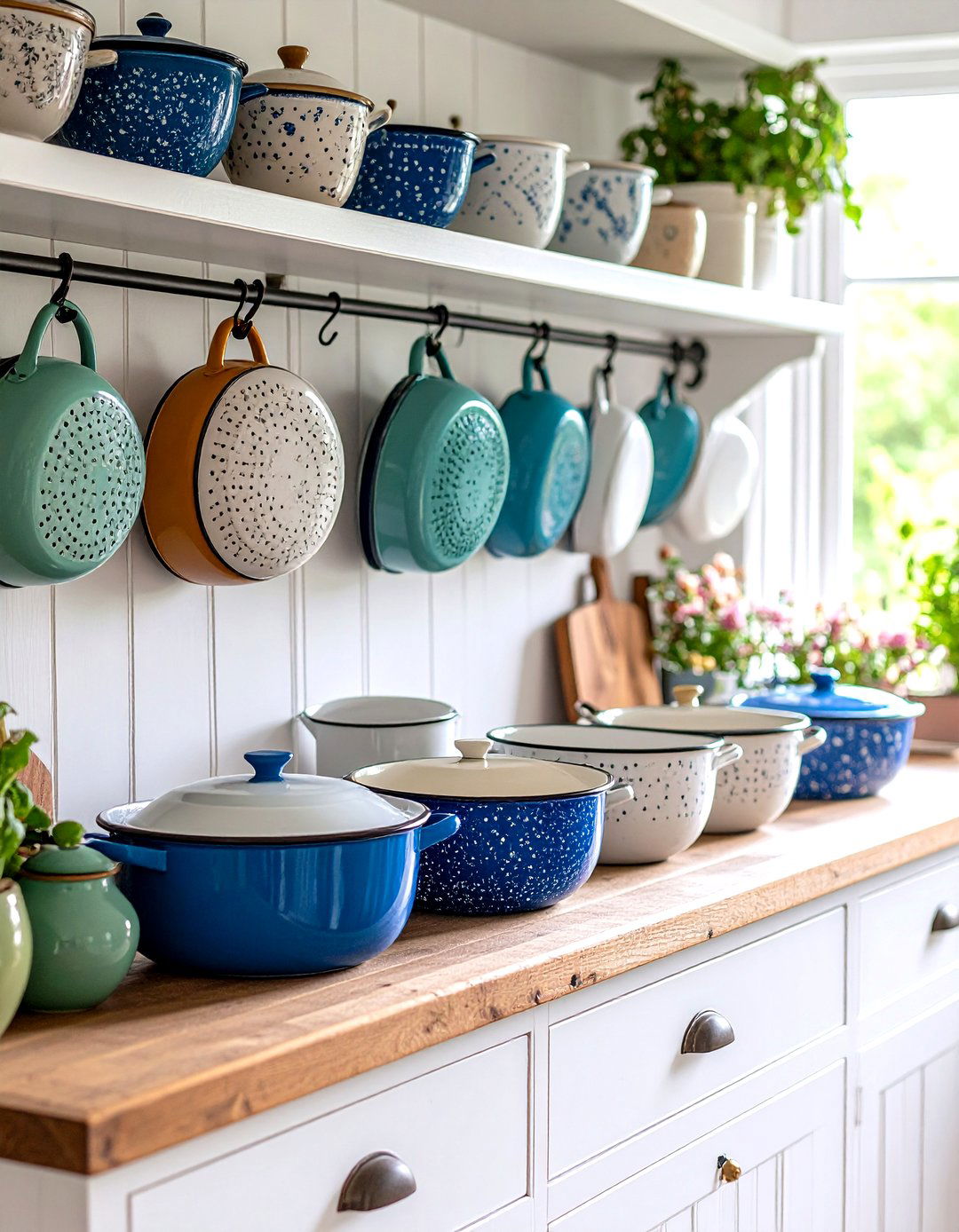
Vintage enamelware—durable steel cookware coated in vibrant enamel—adds pops of color and texture when displayed on open shelves or hung from peg rails. Pieces like speckled mixing bowls, teapots, and colanders evoke farmhouse kitchens of the 19th and early 20th centuries. The Antiqued Journey recommends grouping enamelware by color or pattern to create cohesive vignettes. These durable pieces also transition seamlessly to outdoor use, serving as planters or beverage tubs. Incorporating enamelware keeps countertops clutter-free while showcasing functional antiques.
8. Subway Tile Backsplash

Glossy white subway tiles remain a quintessential choice for vintage-inspired kitchens, offering a clean backdrop that highlights other design elements. For a more period-authentic look, consider tiles with wavy edges or off-white hues. Dark grout accentuates the grid pattern, while matching grout creates a seamless canvas. Arranging tiles in herringbone or vertical stacks modernizes the traditional format. Architectural Digest notes that subway tile’s enduring appeal lies in its adaptability and ease of maintenance, making it a timeless backsplash solution.
9. Refinished Cabinets
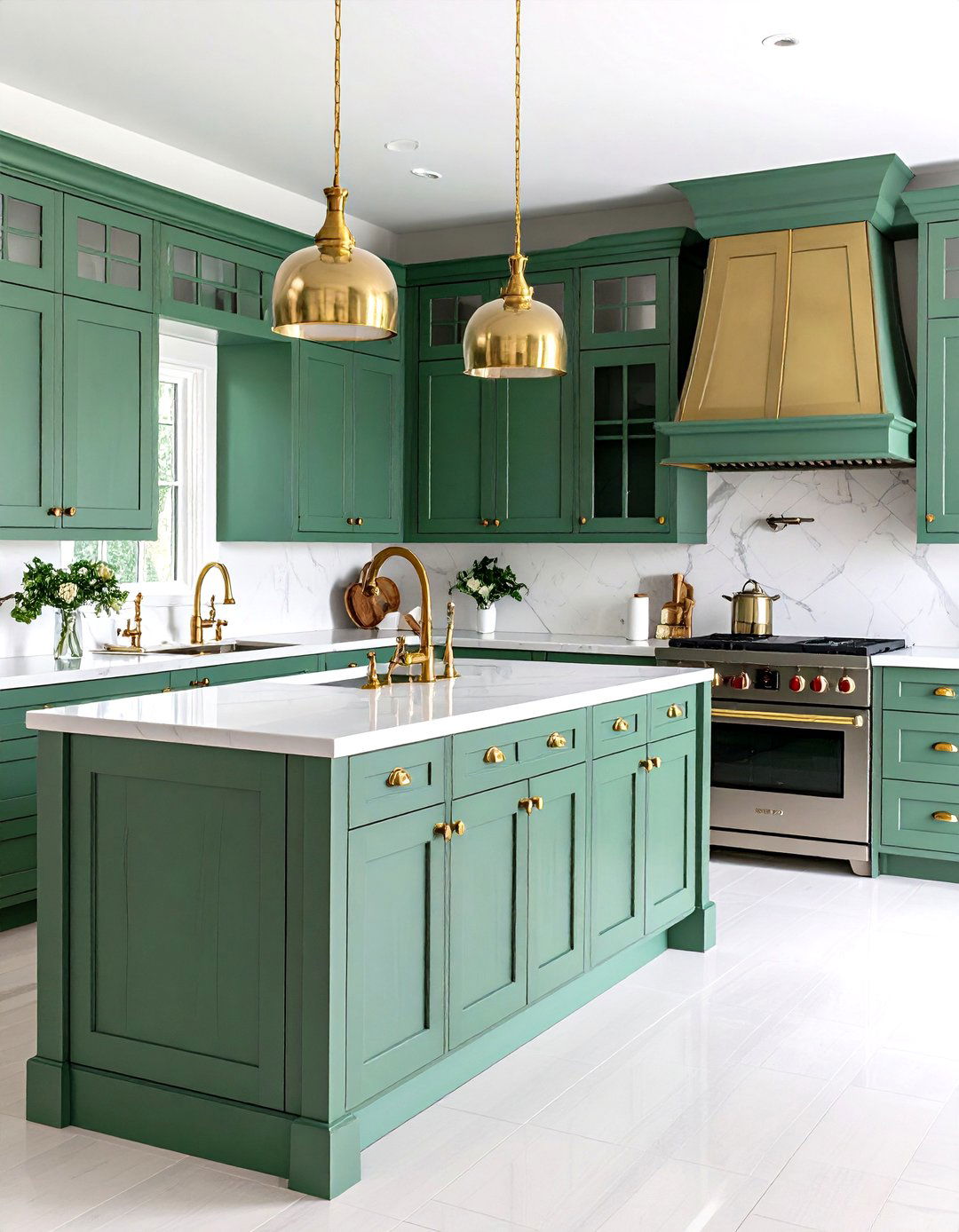
Updating existing cabinetry with fresh paint and vintage hardware provides an instant style lift without the expense of full replacement. Techniques like distressing edges or glazing highlight architectural details. Popular color choices include muted jade, dusty rose, or creamy white. Pair painted cabinets with open shelving or glass-front doors to break up expanses of color. This approach is eco-friendly and allows homeowners to retain the integrity of original woodwork while adopting a more period-appropriate finish.
10. Vintage Lighting Fixtures

Statement lighting, such as milk-glass pendants, scalloped-edge sconces, or industrial cage chandeliers, creates focal points and amplifies vintage charm. Glass shades in opaline white diffuse light softly, evoking 1920s and ’30s aesthetics. For high-traffic areas, durable brass or copper fixtures patina gracefully over time. Integrating under-cabinet strip lights ensures task areas remain well-lit without modern starkness. Strategic lighting layering balances ambient, task, and accent illumination, enhancing both form and function.
11. Antique Hardware and Knobs
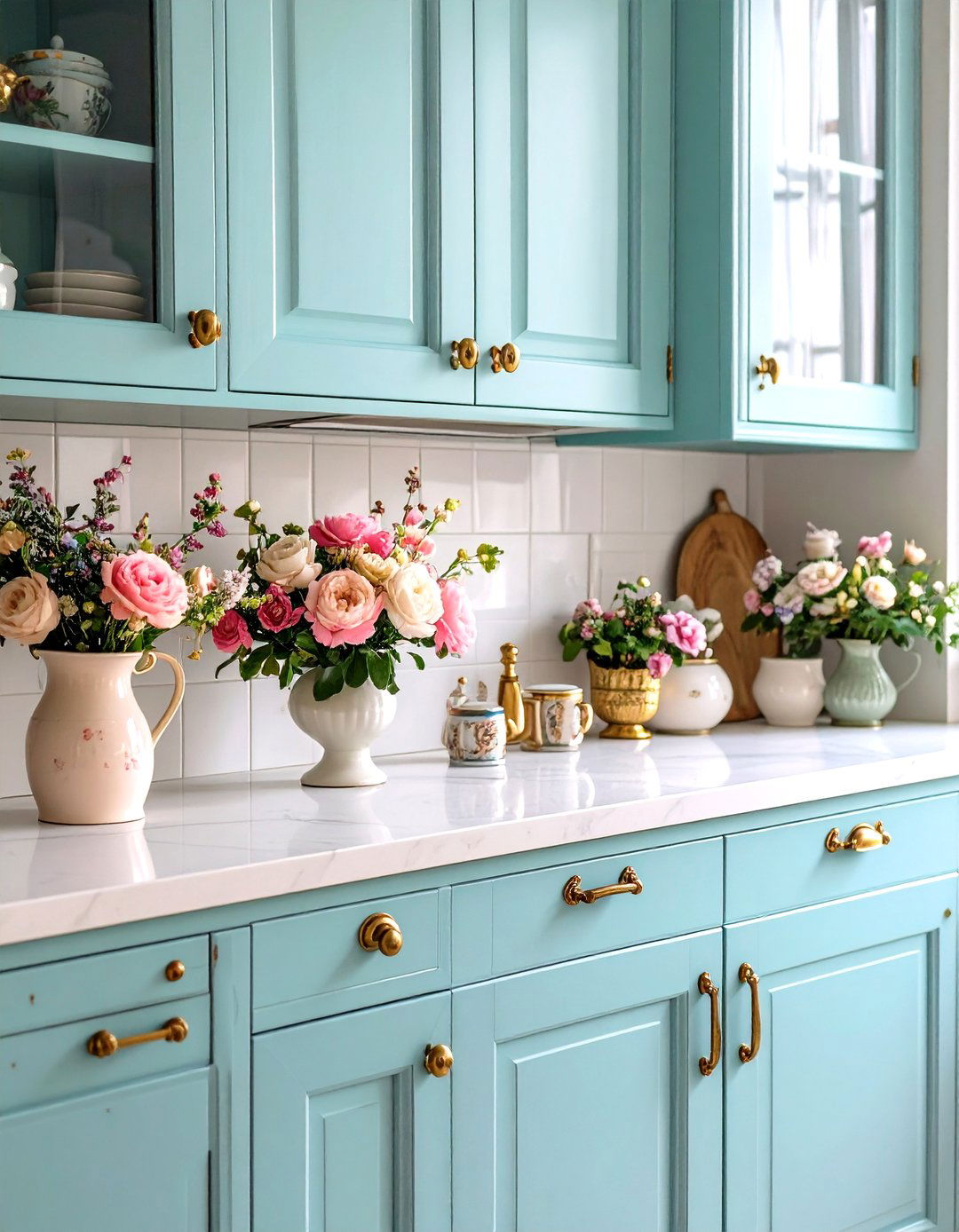
Swapping generic pulls for antique brass, porcelain, or glass knobs instantly conveys authenticity. Look for pieces with intricate backplates or vintage motifs like florals and scrolls. Antique markets and salvage yards often yield unique finds at reasonable prices. Mixing metal finishes on cabinets and drawers adds depth—but avoid matching every piece exactly to prevent an overly contrived look. The Spruce advises layering two to three complementary metal tones for visual harmony and a timeless feel.
12. Patterned Wallpaper Accents
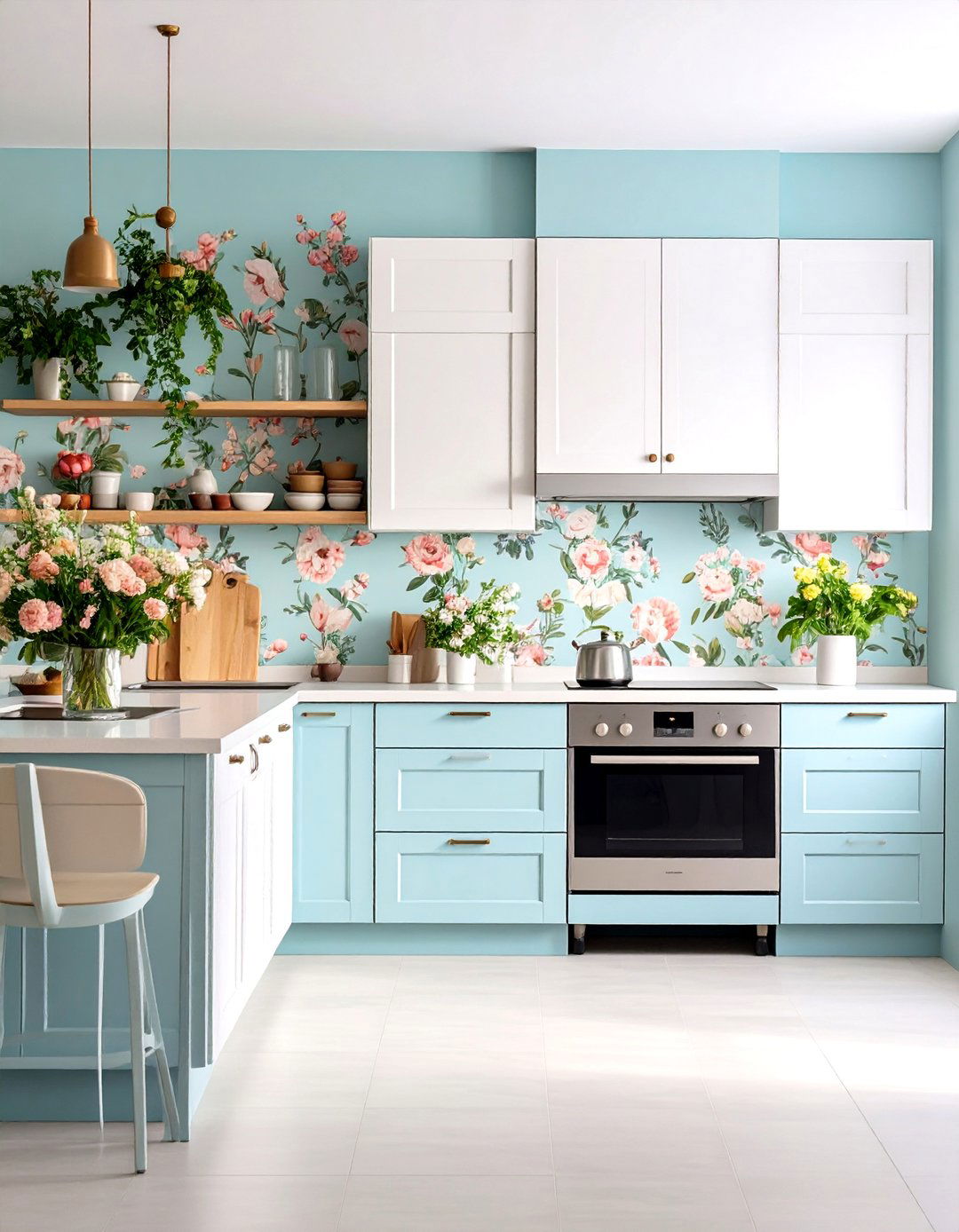
Applying vintage-inspired wallpapers—such as small-scale florals, toile, or geometric motifs—on a single wall or pantry door introduces pattern without overwhelming the space. Peel-and-stick options simplify application and removal, allowing trends to evolve. Coordinates wallpaper colors with cabinetry and textiles for cohesion. For high-moisture zones, position wallpaper away from sinks and stoves, or use wipeable vinyl varieties. A well-chosen wallpaper focal point amplifies the kitchen’s historical narrative and brewing personality.
13. Reclaimed Wood Accents
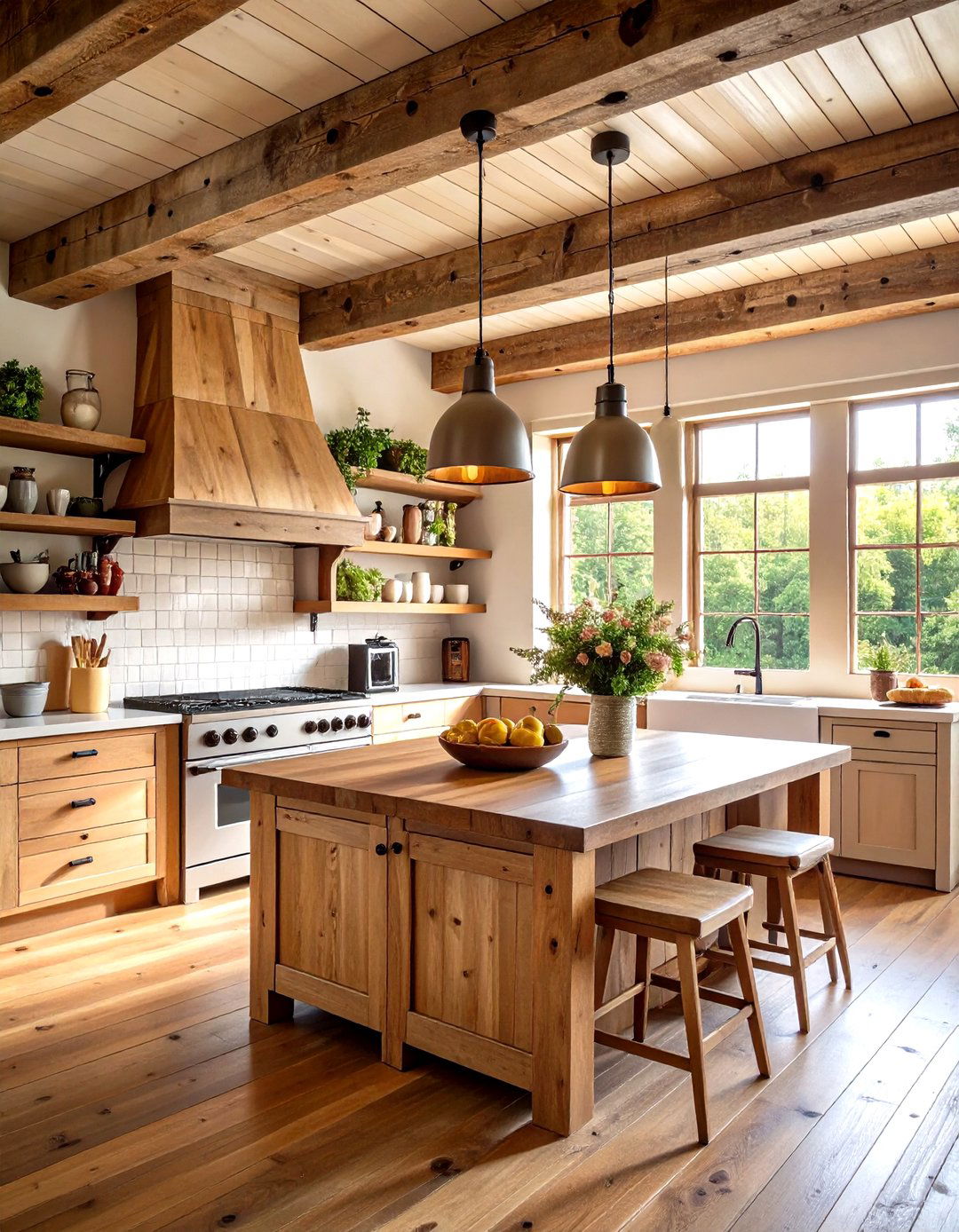
Incorporating reclaimed barn wood for open shelving, ceiling beams, or accent walls adds warmth and sustainable appeal. The wood’s weathered patina and nail holes tell a story of previous lives, enriching the kitchen’s character. Pair with simple white cabinetry and matte black hardware for balanced contrast. Reclaimed wood islands topped with butcher block offer functional prep surfaces and gathering places. Proper sealing prevents splinters and guards against moisture, ensuring longevity and ease of cleaning.
14. Retro Vinyl Flooring
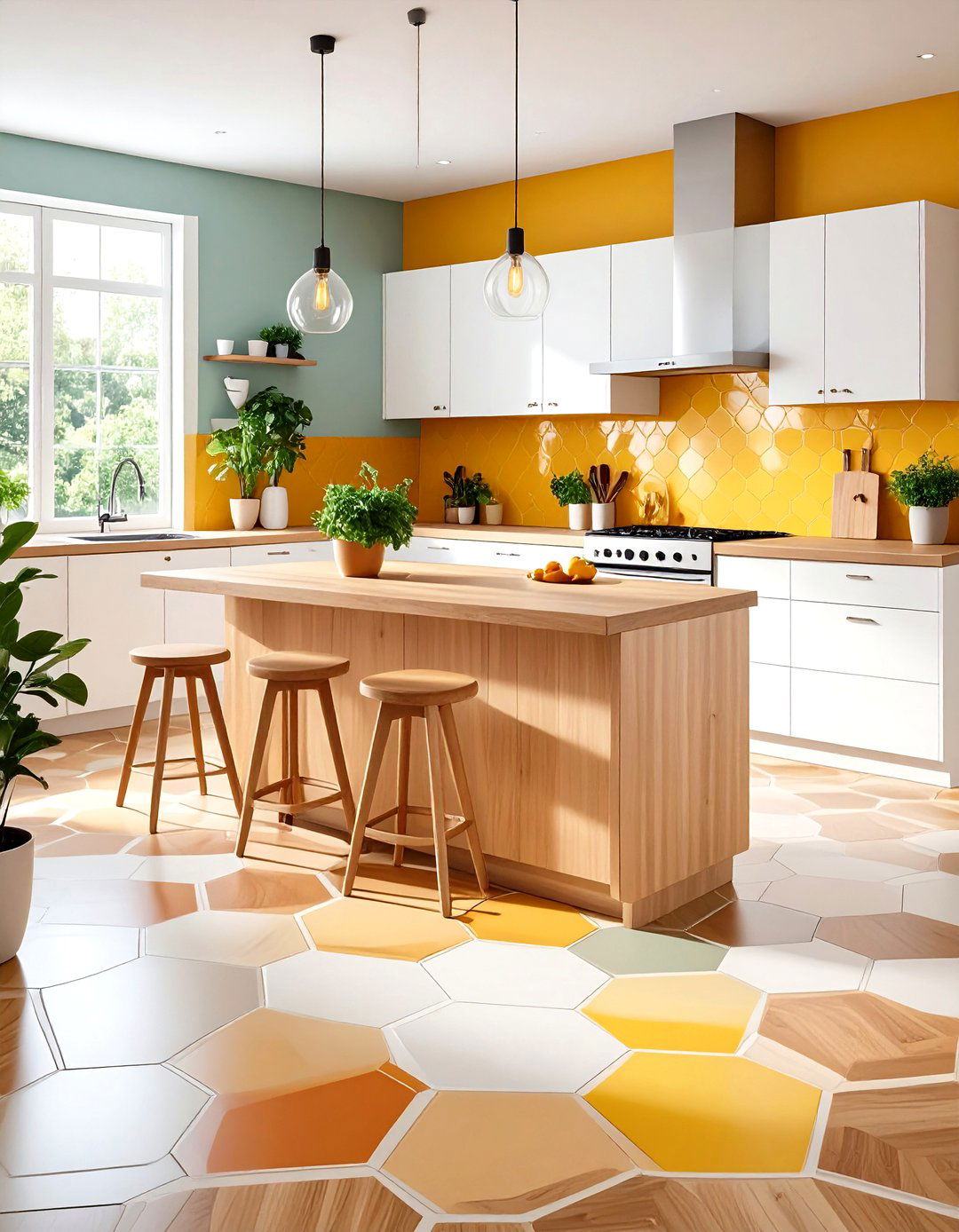
Vinyl flooring that mimics classic linoleum in checkerboard or hexagon patterns delivers durability and water resistance. Modern vinyl planks and tiles offer improved realism and underfoot comfort. Installation costs are lower than ceramic, making it ideal for budget-conscious vintage makeovers. Choose matte or low-gloss finishes to avoid overly plastic looks. Layer area rugs in complementary colors to soften the floor and define seating areas.
15. Vintage Signage and Artwork
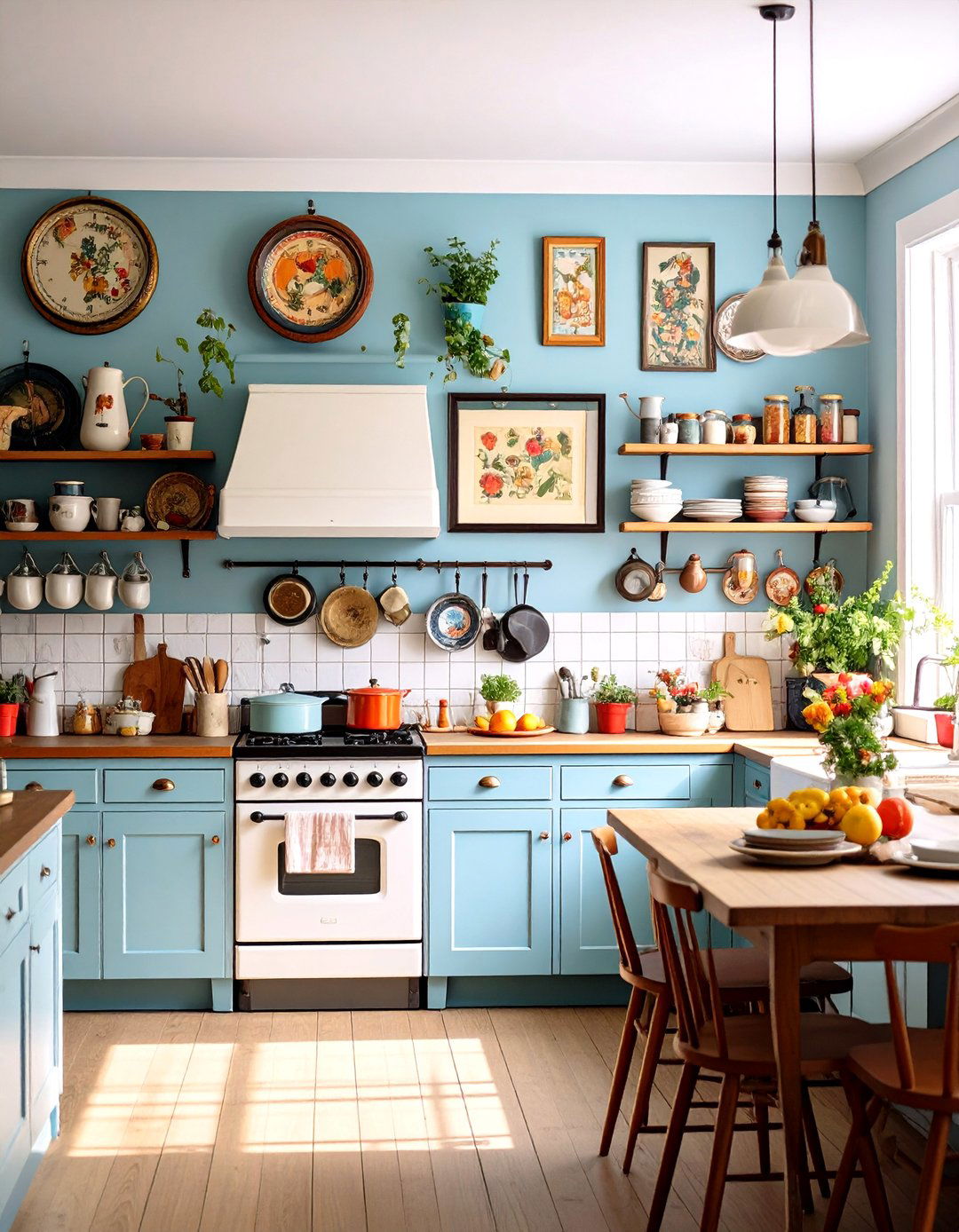
Framing retro advertising signs, enamel plates, or vintage recipe prints lends authenticity and storytelling to kitchen walls. Sources like flea markets and online auctions yield authentic pieces featuring midcentury branding and typography. Position artwork above open shelving or on accent walls for high visibility. Group multiple signs in a gallery configuration for a dynamic display. Protect paper-based prints under glass to prevent moisture damage in cooking areas.
16. Glass-Front Cabinets
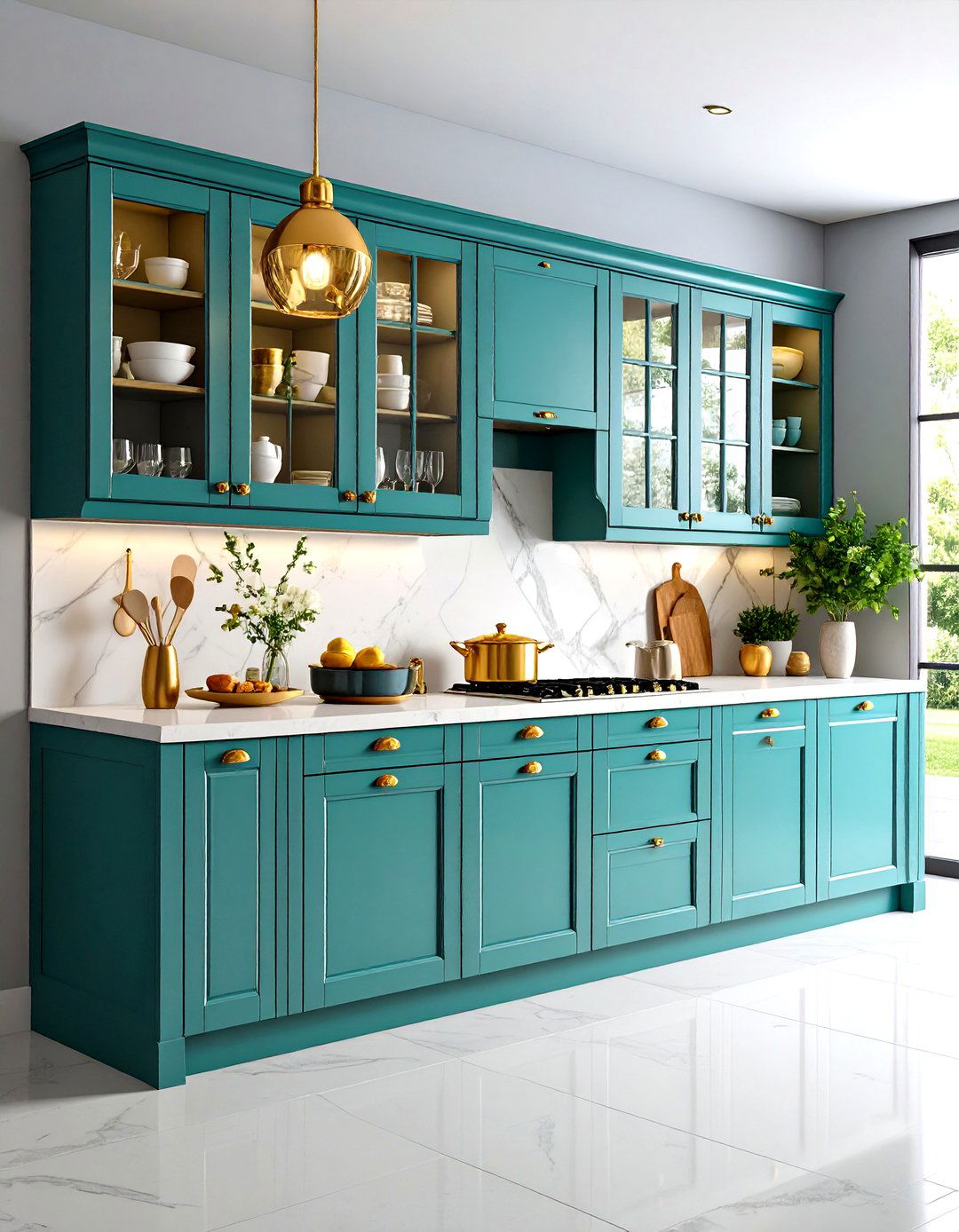
Glass-front or mullion cabinets showcase curated dishware collections—porcelain tea sets, colored glassware, or patterned plates—adding depth and visual intrigue. Frosted or seeded glass offers a semi-opaque look for a touch of mystery. Inside-cabinet lighting brightens displays and highlights textures. Combining closed and glass fronts maintains storage balance while preventing visual clutter. This approach echoes the display cabinetry of classic kitchens, where prized objects doubled as decor.
17. Butcher Block Countertops
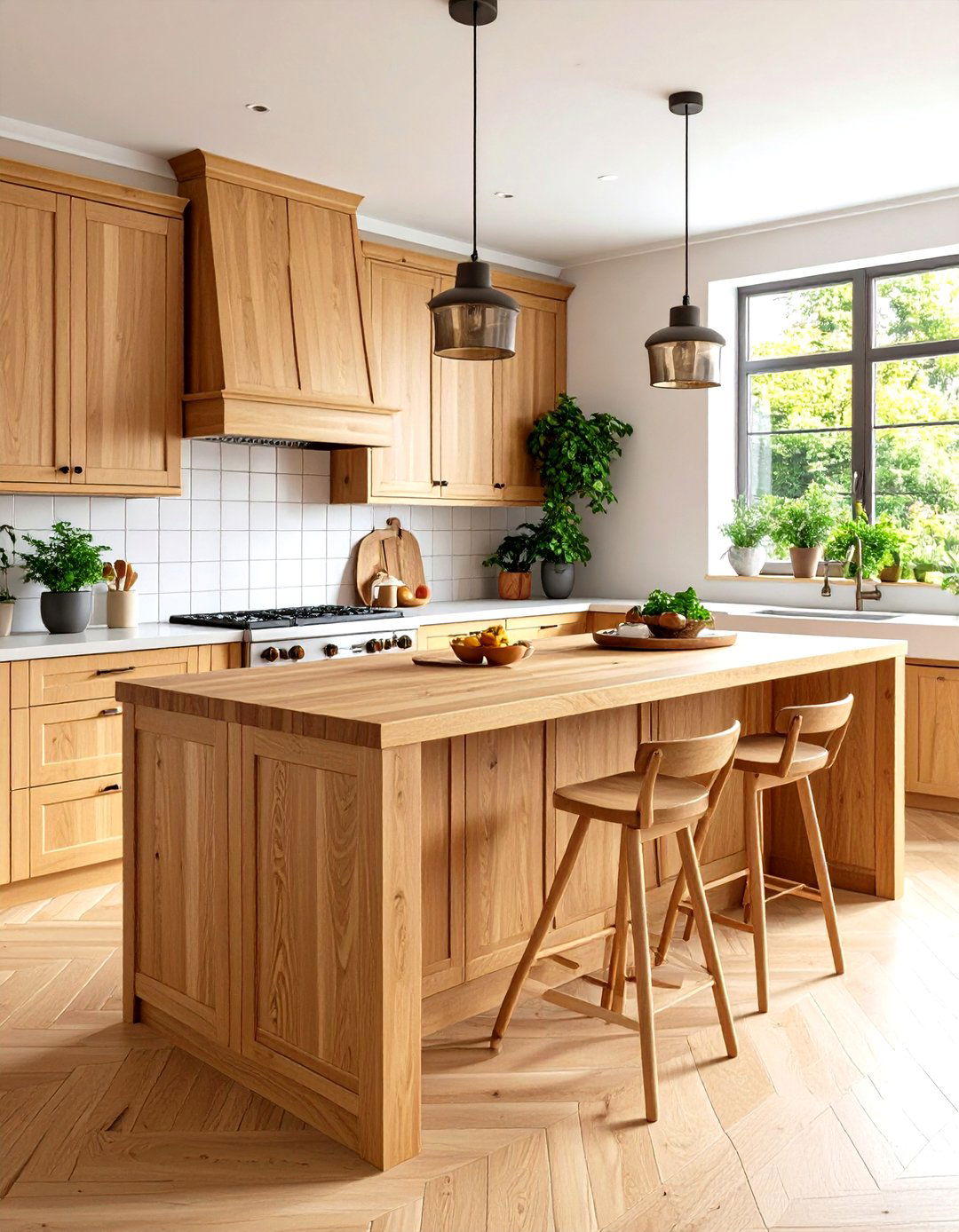
Warm, natural butcher block counters provide a tactile contrast to painted cabinetry and tiled backsplashes. Species like maple or oak offer durability and knife-friendly surfaces. Regular oiling preserves the wood’s sheen and prevents staining. For a vintage twist, install a heavy-duty wooden countertop on one side of an island, leaving the other side in stone or laminate for diversified texture. The butcher block’s patina over time enhances rather than detracts from its nostalgic appeal.
18. Statement Porcelain Handles

Oversized porcelain knobs and handles in pastel tones impart subtle color accents and a sense of handcrafted detail. Often adorned with floral or striped patterns, these knobs recall 19th-century cabinetry. Mix porcelain hardware with understated metal pulls to avoid overstating the effect. Position decorative handles on upper cabinets or pantry doors to draw the eye upward and emphasize vertical lines.
19. Victorian-Era Molding
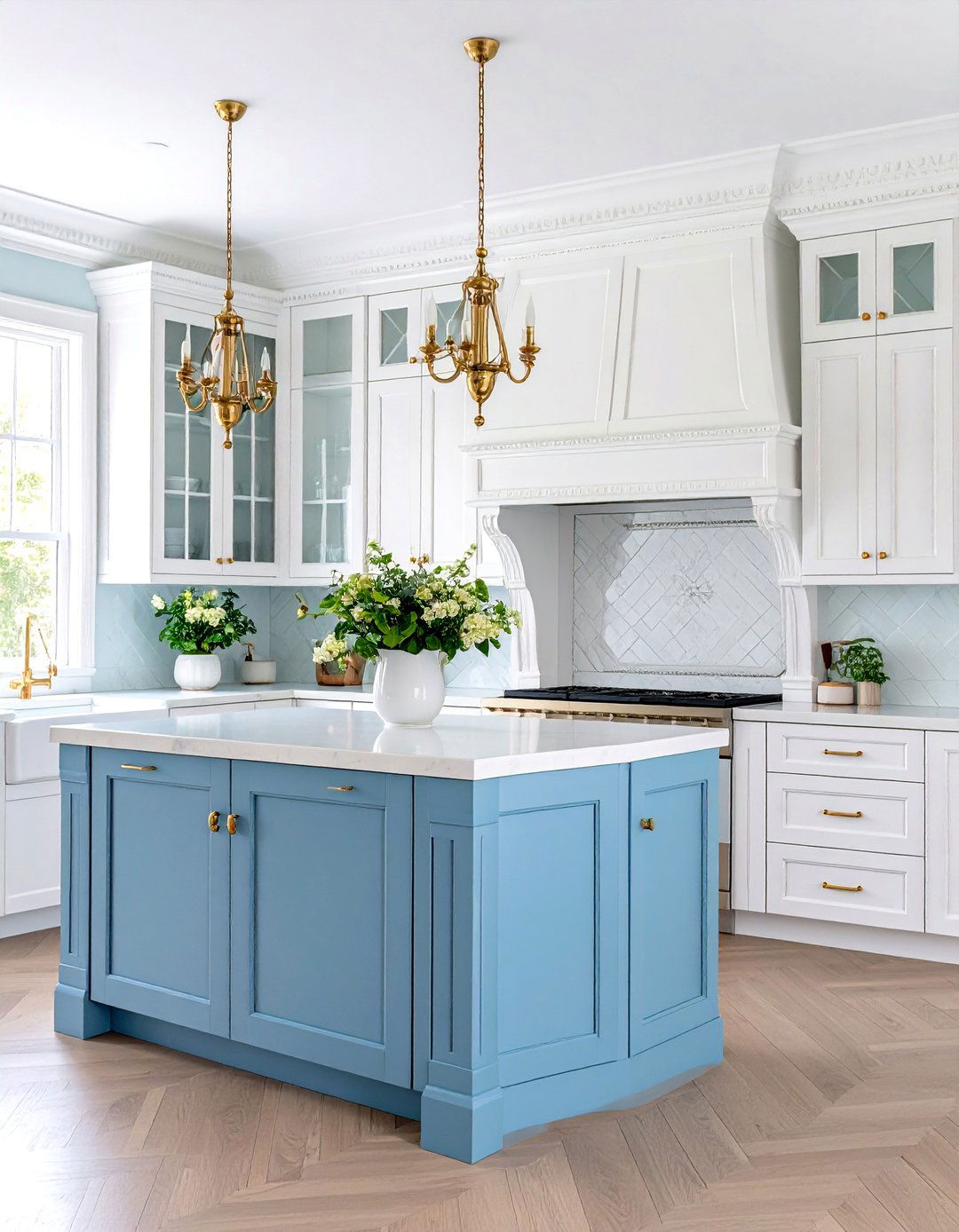
Installing crown molding, dentil trim, or fluted pilasters around cabinetry and ceilings introduces architectural gravitas reminiscent of Victorian kitchens. Paint moldings in the same hue as surrounding walls for seamless continuity or in contrasting white for crisp definition. Use molding to frame sink areas, create faux range hoods, or crown tall cabinetry. These details elevate simple layouts into refined spaces that honor historical craftsmanship.
20. Styled Milk Glass Accessories
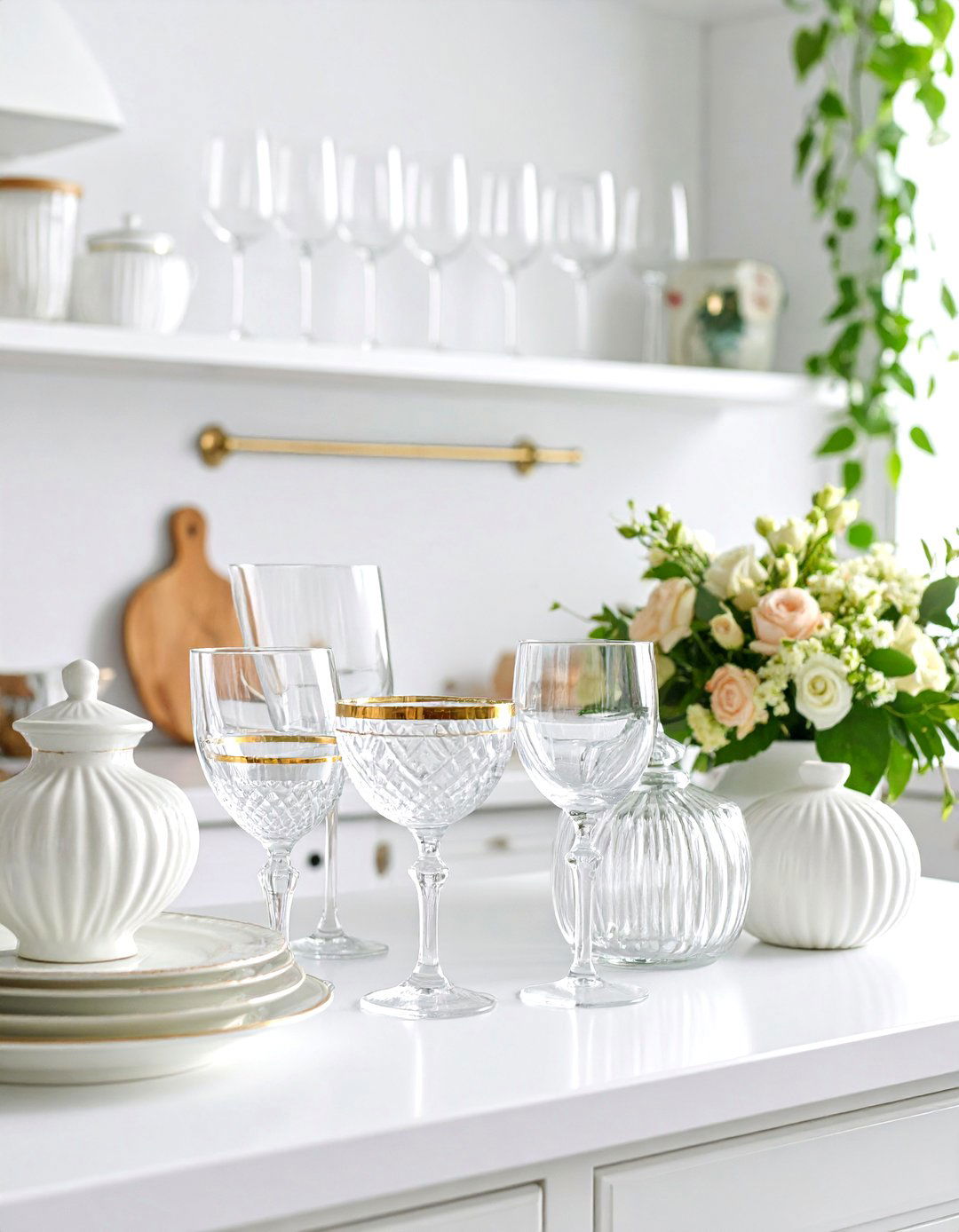
Displaying vintage milk glass pitchers, vases, and compotes on open shelving or mantels brings soft white accents and subtle texture. Milk glass’s hobnail, scalloped, and catalog-patterned varieties complement pastel palettes and dark woods alike. Group different shapes and heights for a collected look, or use single statement pieces for streamlined elegance. According to Better Homes & Gardens, milk glass is an affordable thrift-store find that adds timeless beauty to any kitchen vignette.
Conclusion:
By thoughtfully integrating these vintage kitchen ideas—ranging from timeless subway tiles and checkerboard floors to pastel appliances and enamelware displays—homeowners can craft spaces that celebrate history while accommodating modern lifestyles. Each element honors the past’s design ingenuity, resulting in kitchens that feel both lived-in and stylishly refreshed.


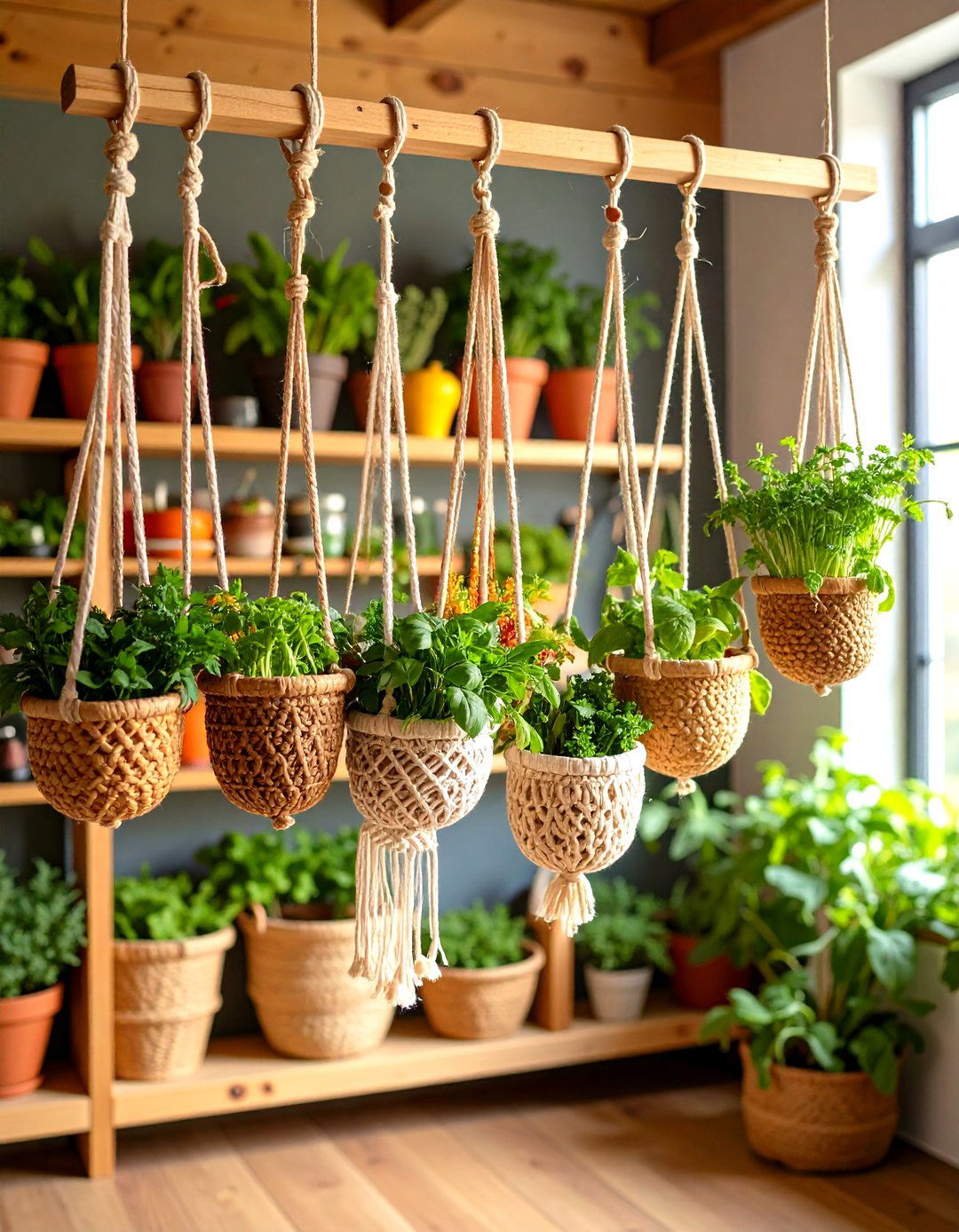

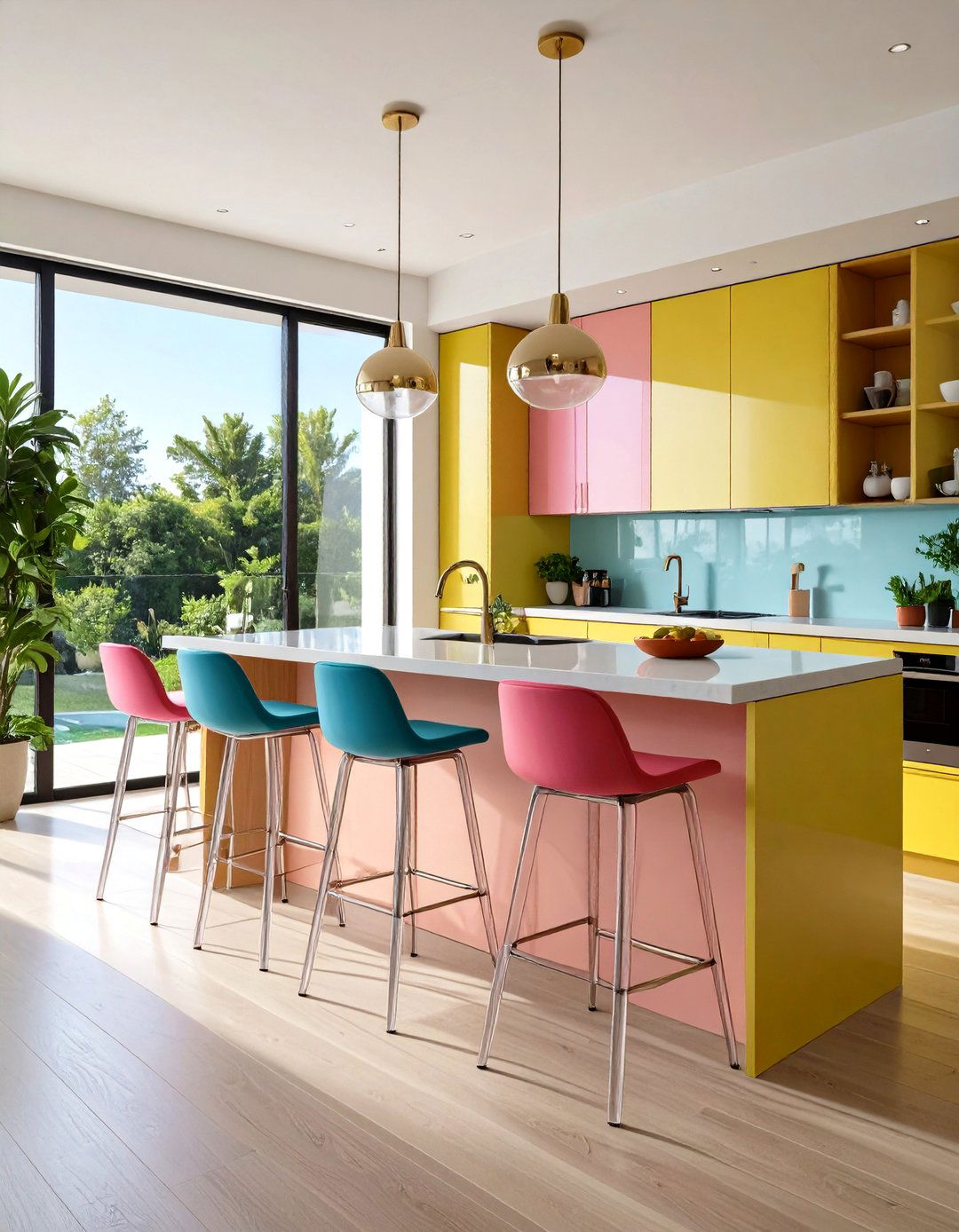
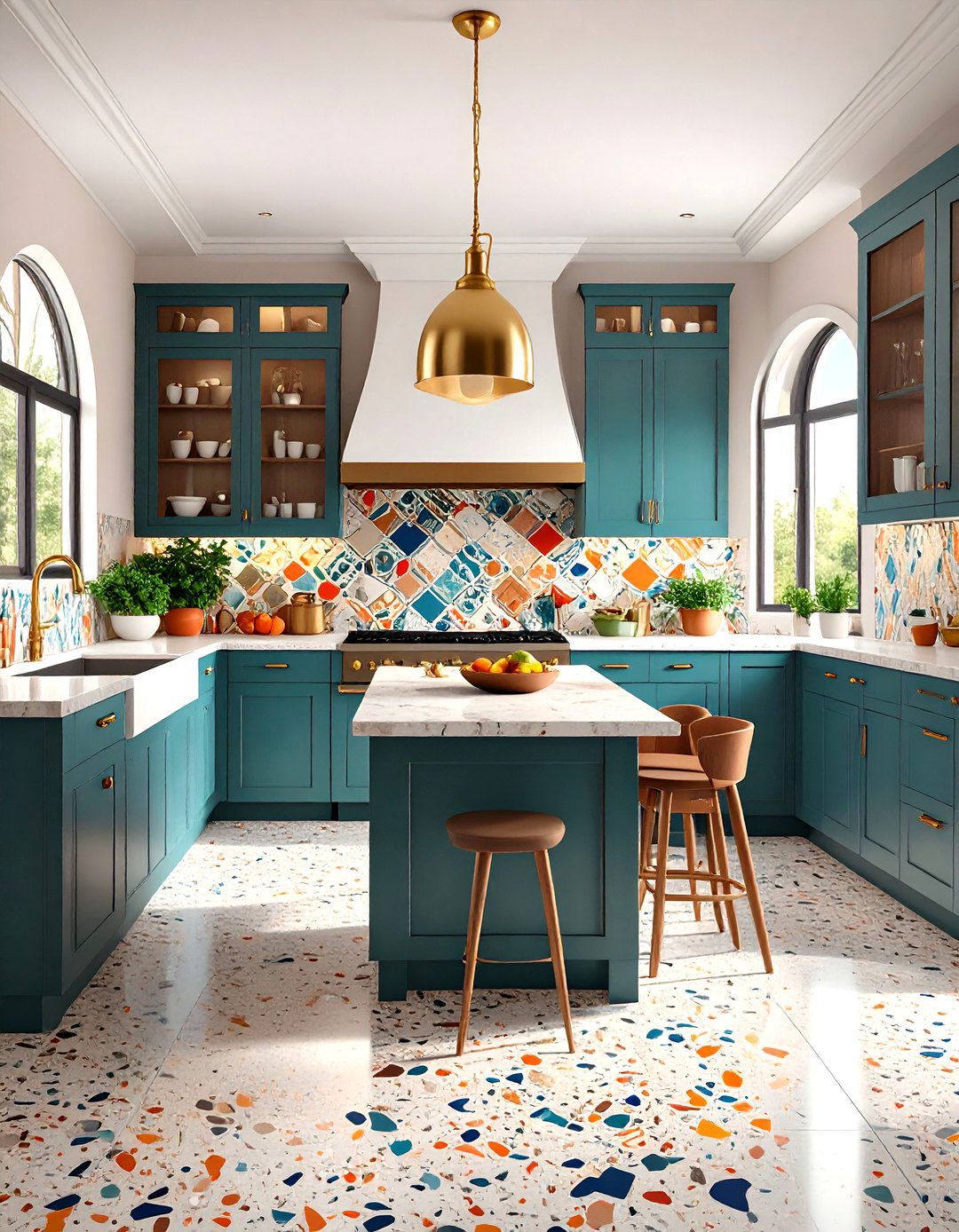
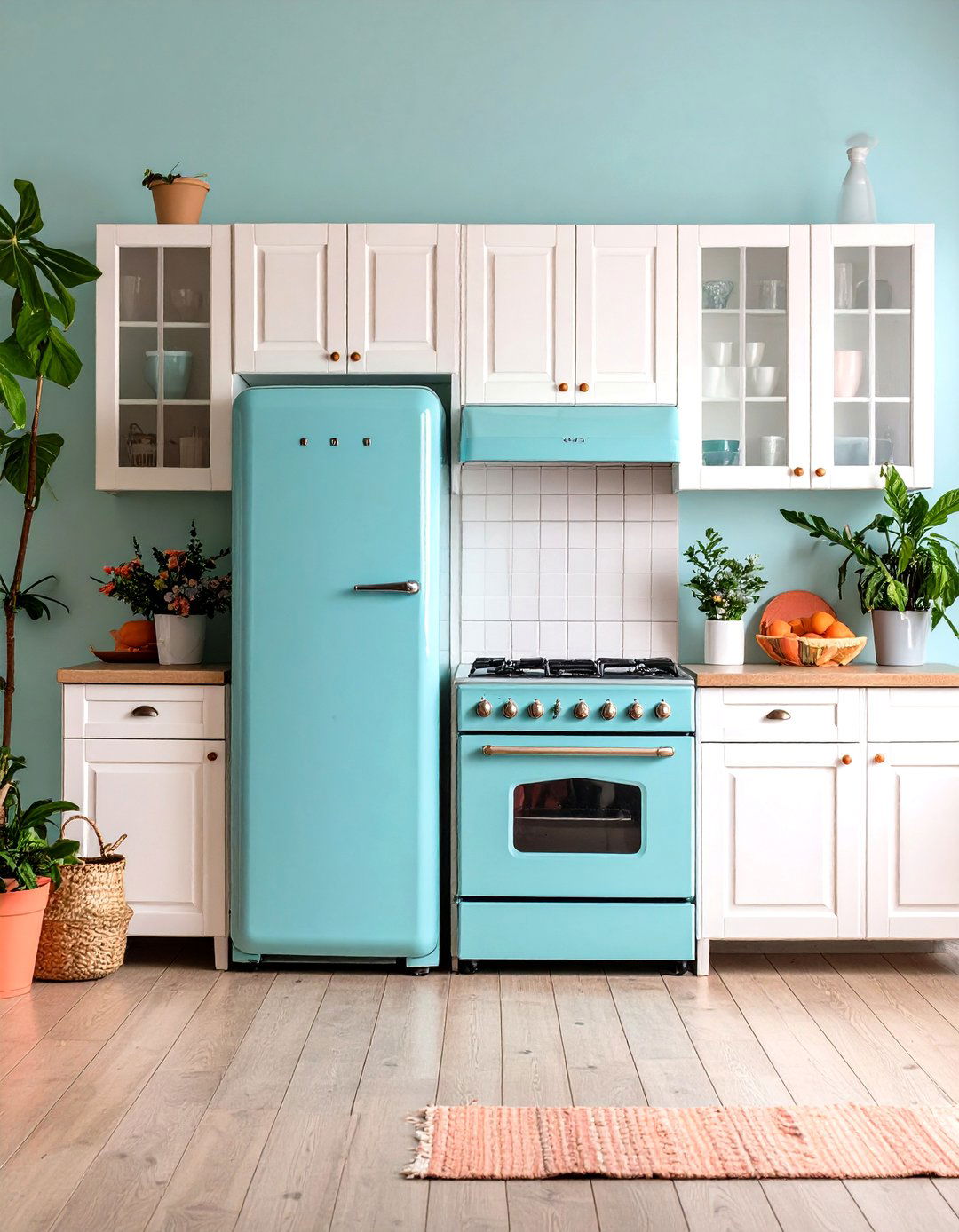

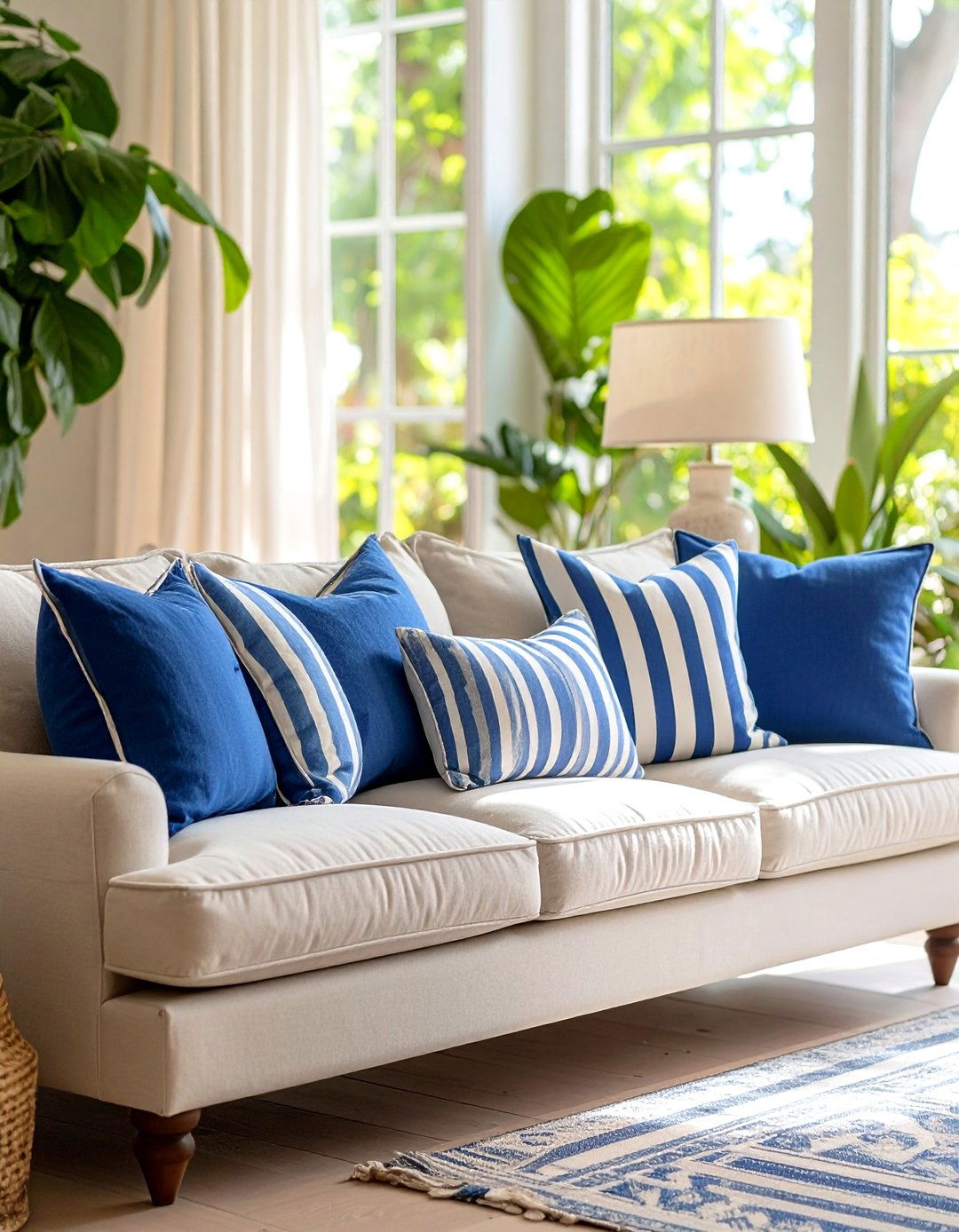
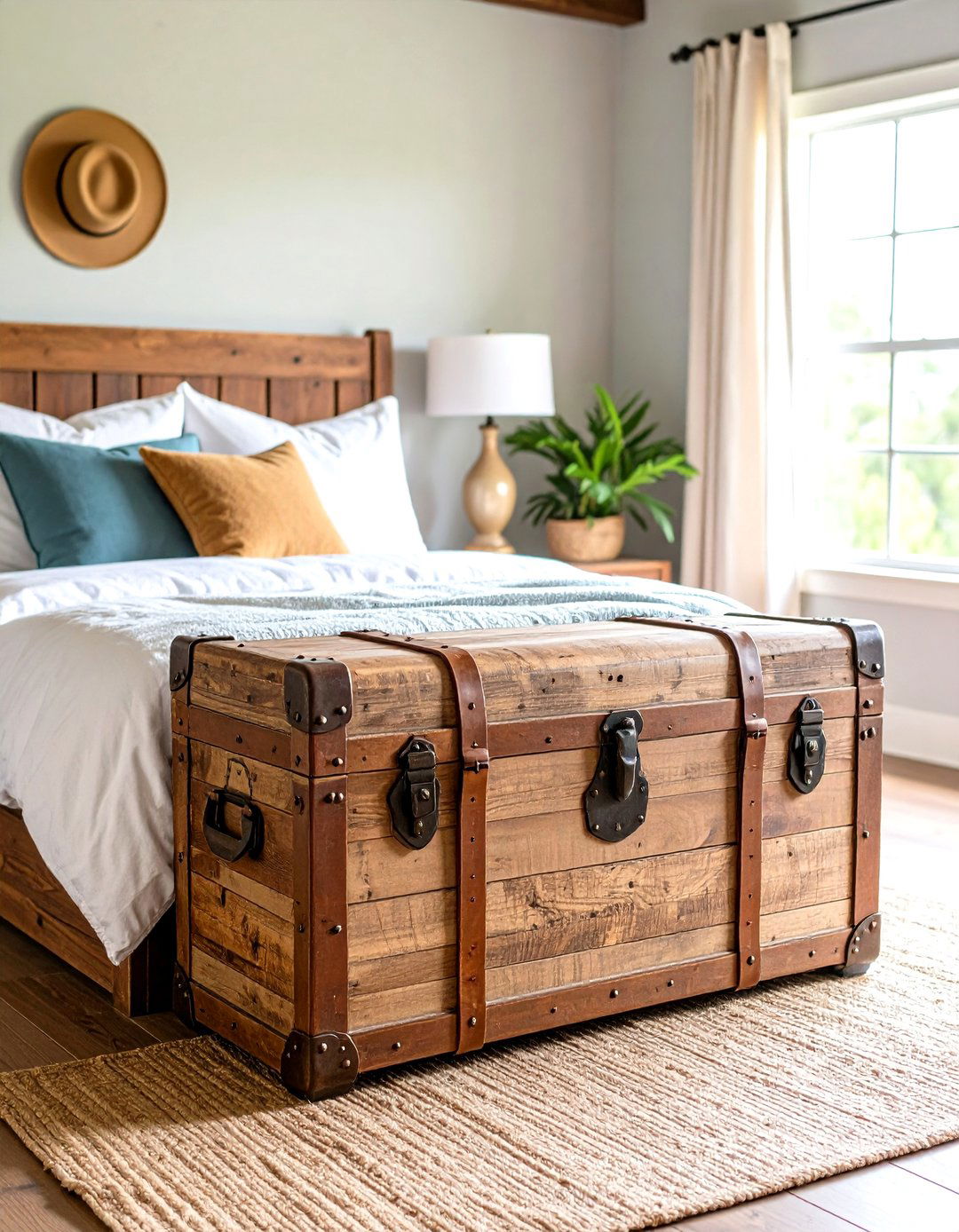
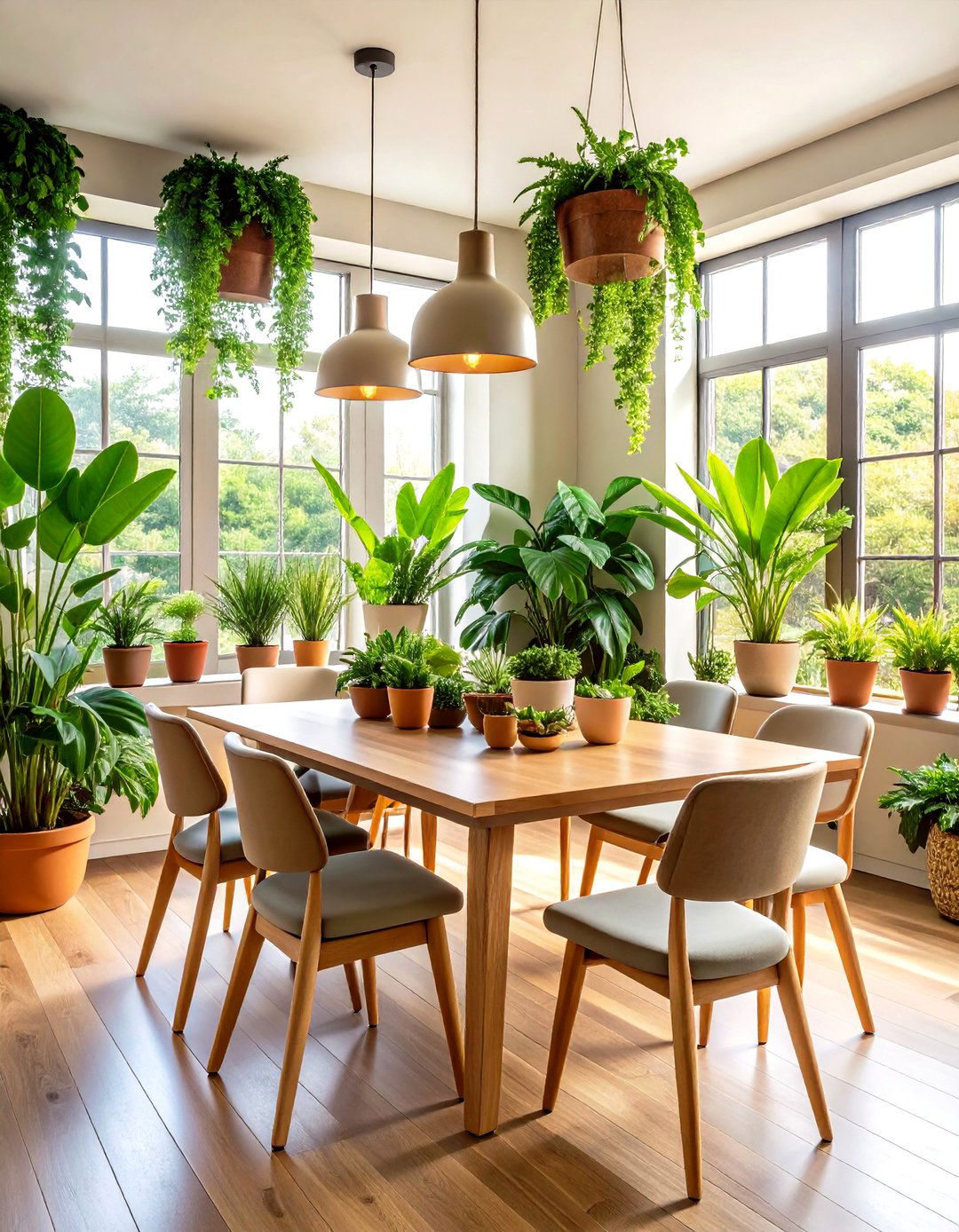
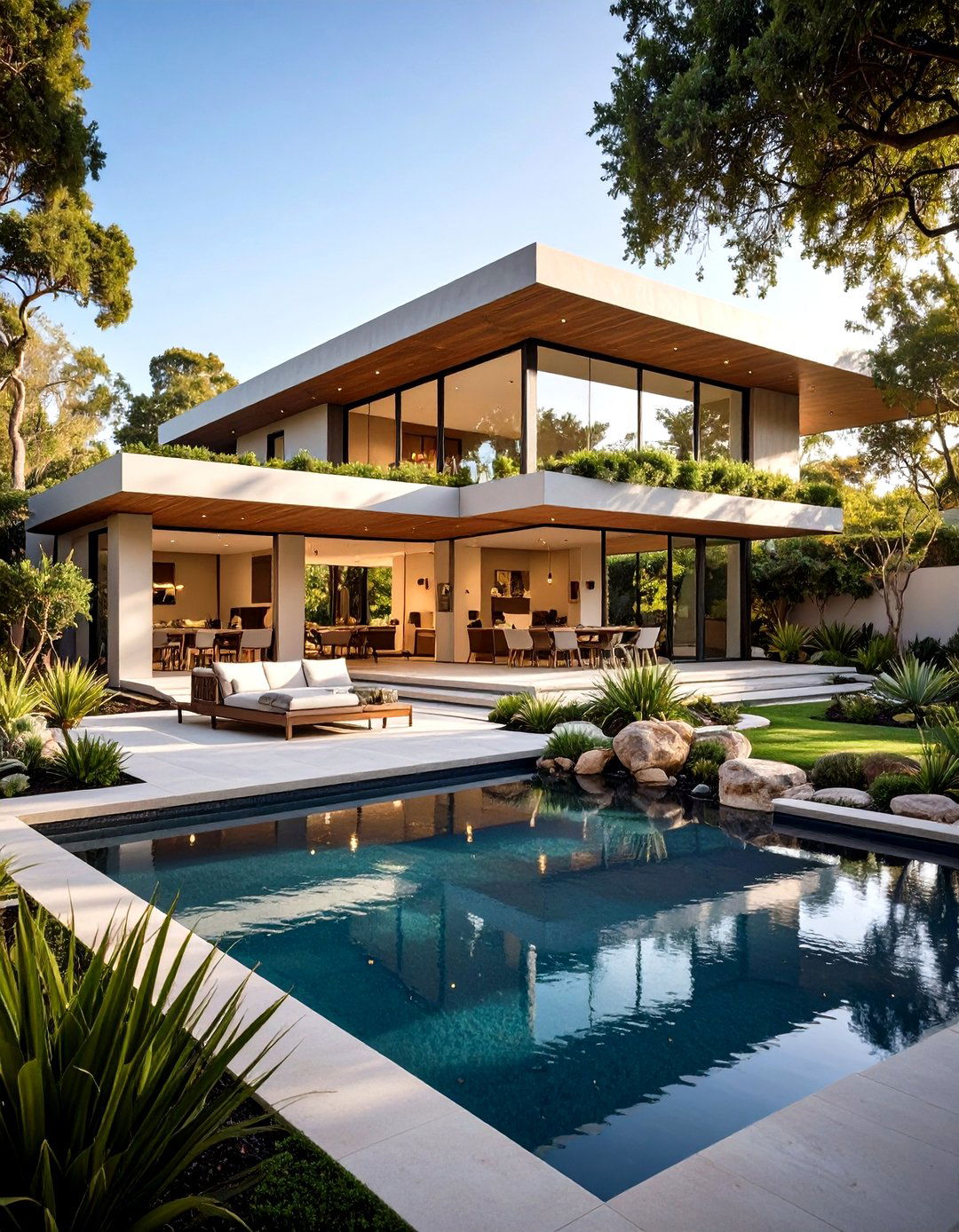
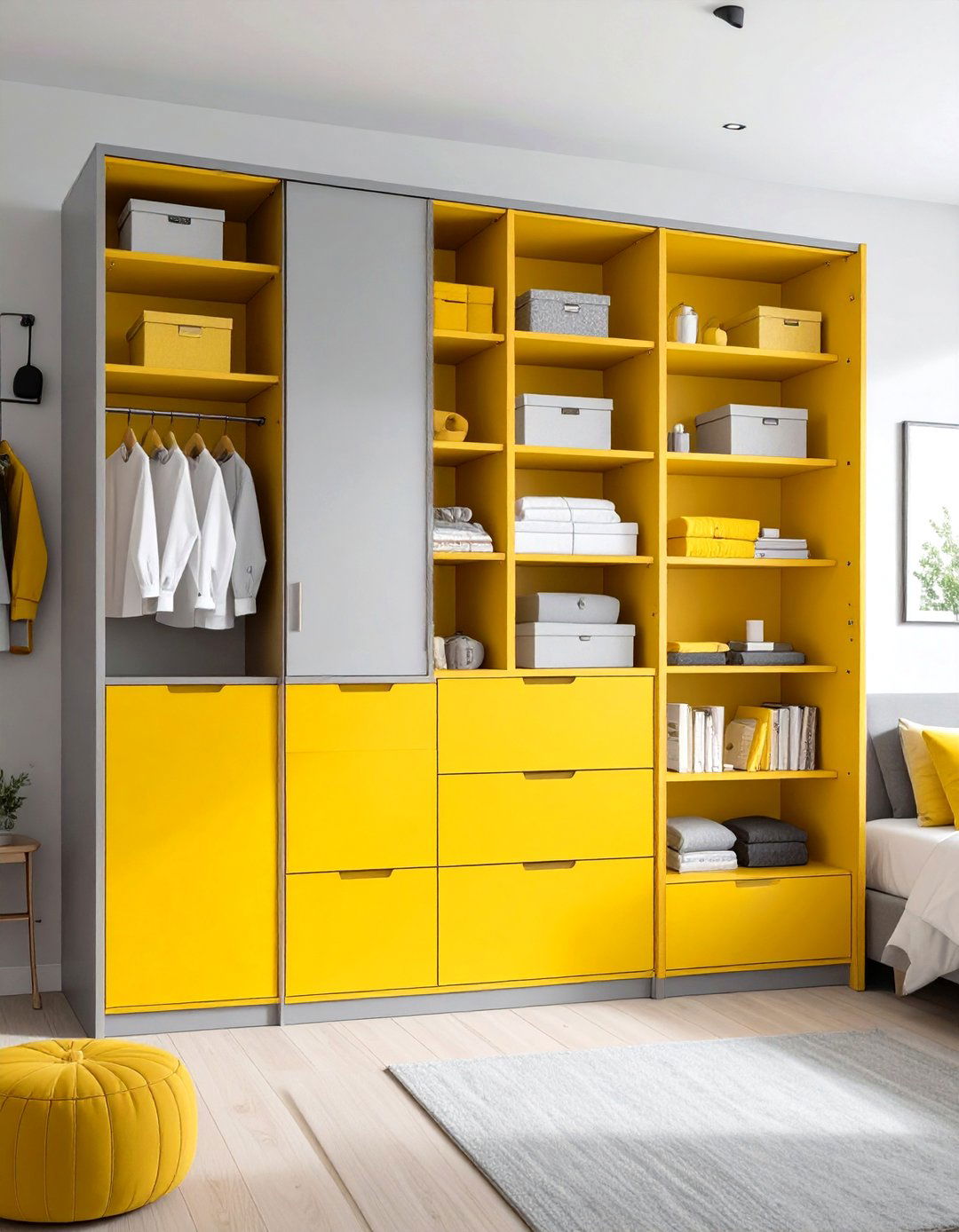
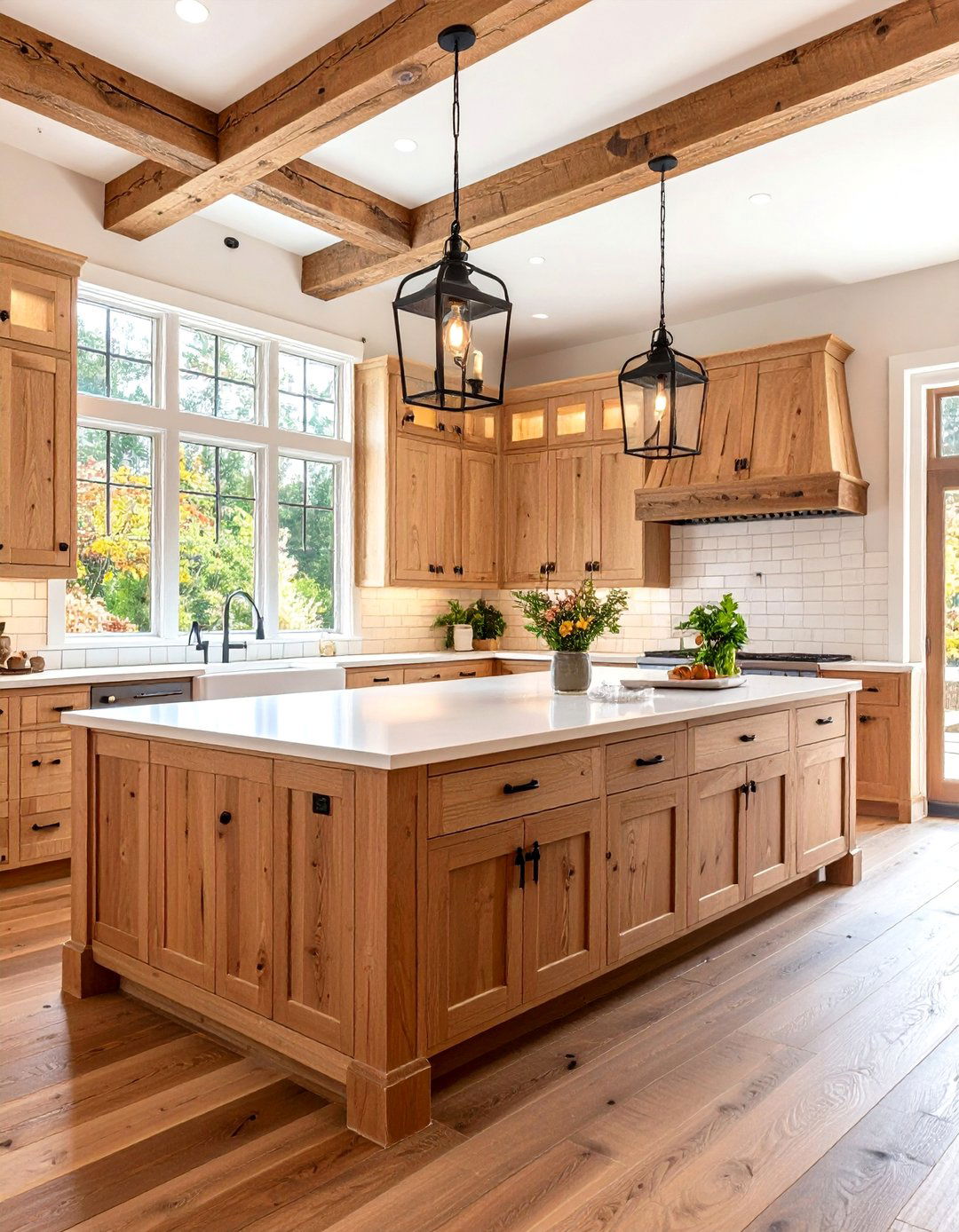
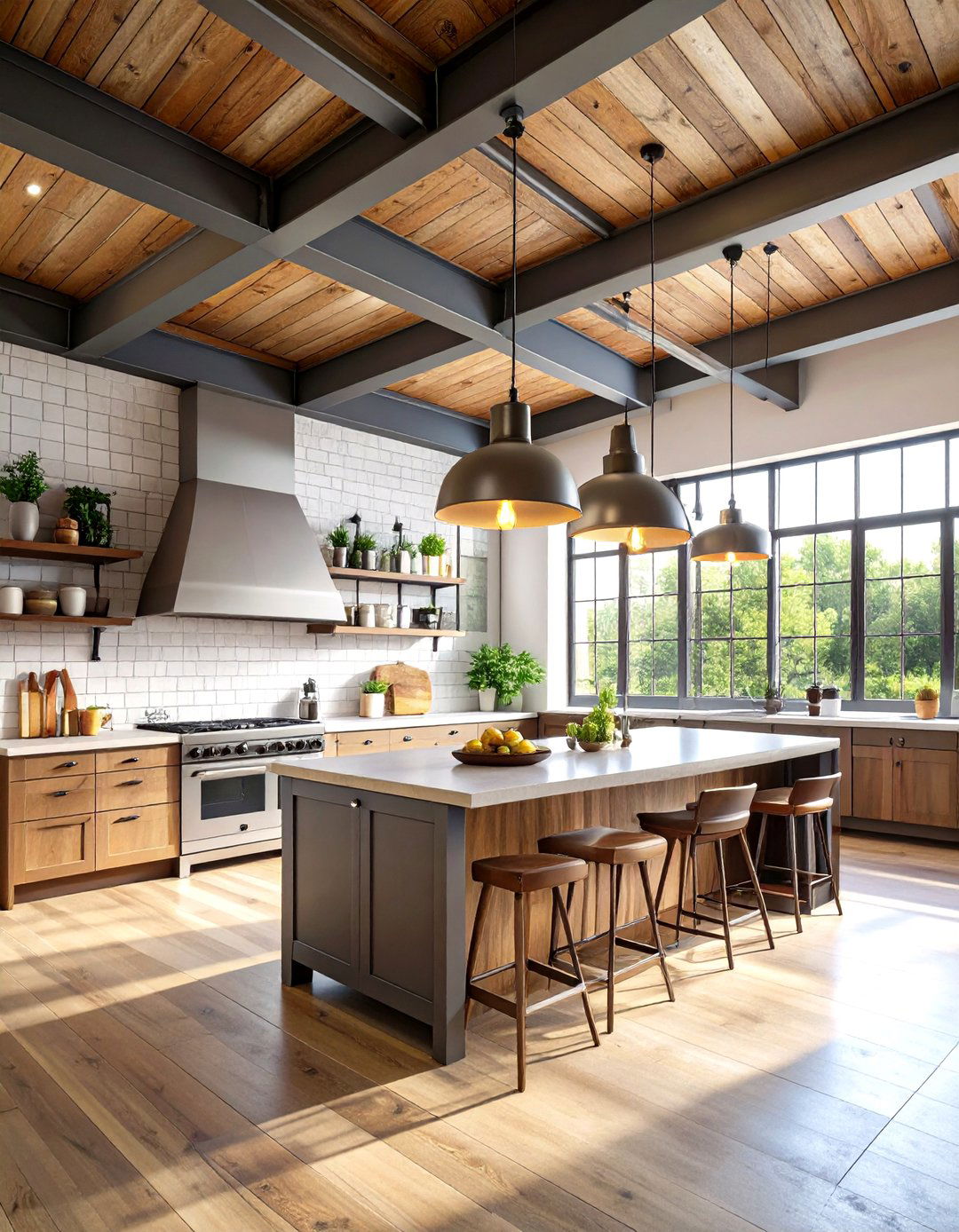
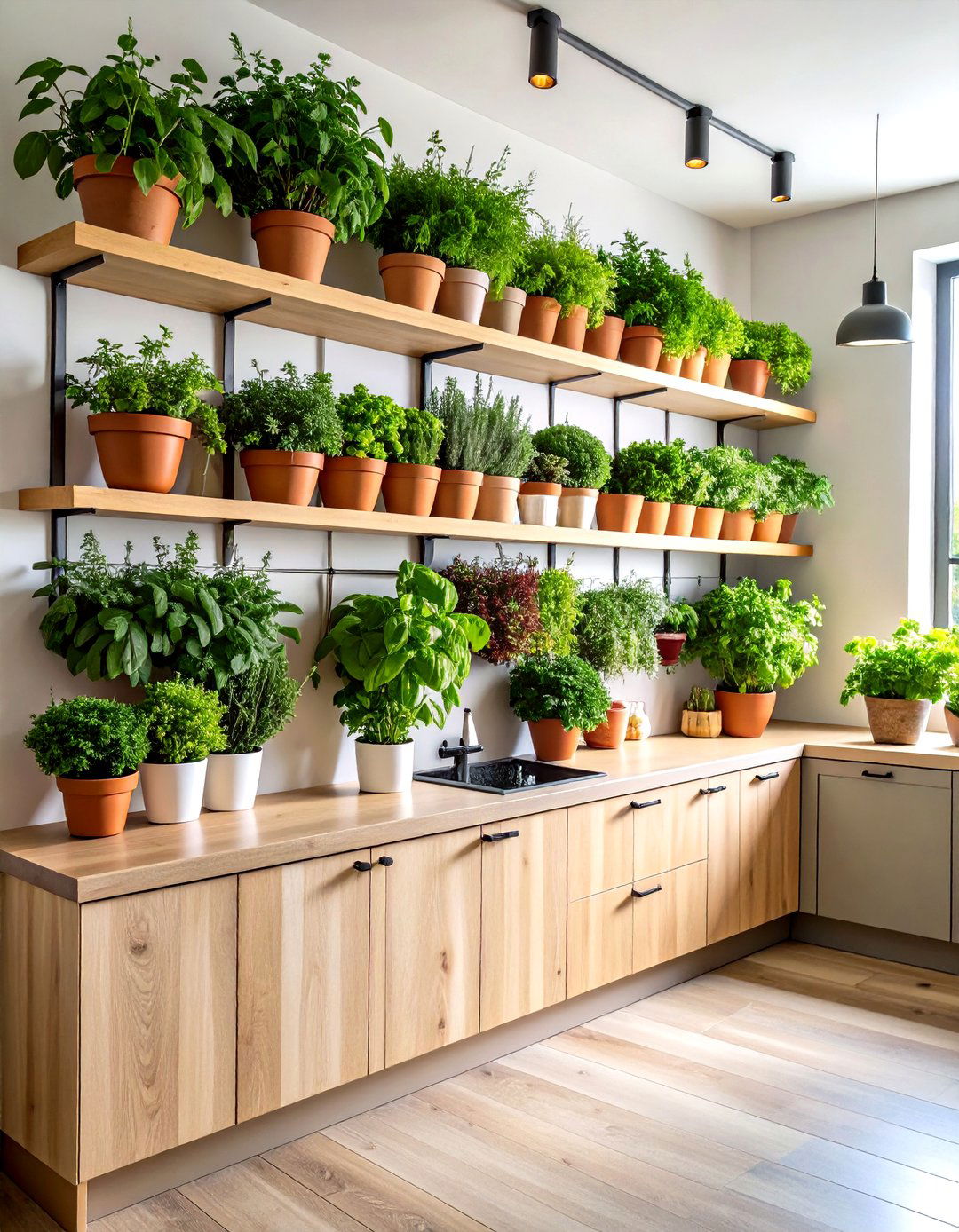
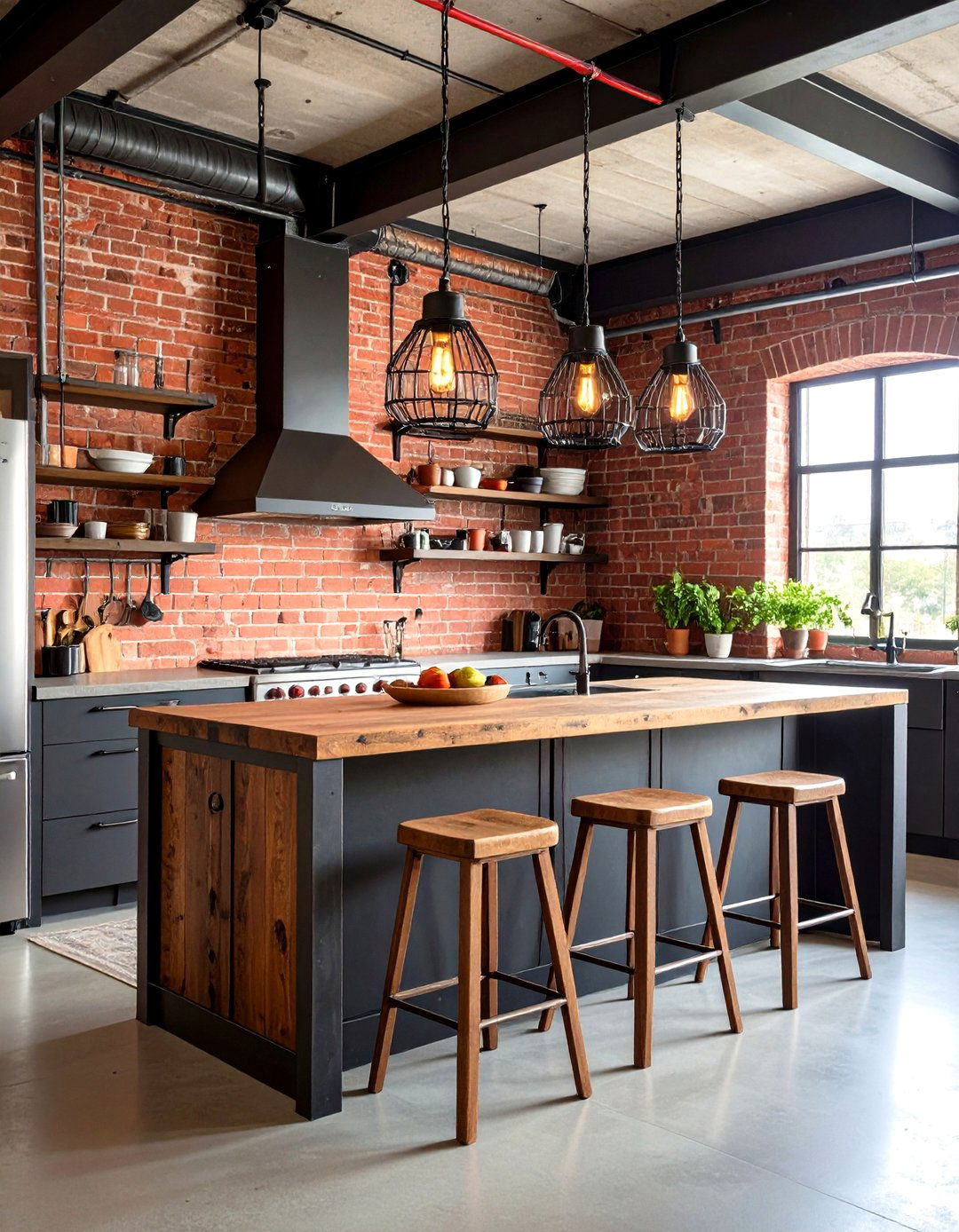
Leave a Reply